|
Here we are writing another recap of another amazing trip through Fly Water Travel. Again, the goal here is to provide an unbiased account for anglers who are considering booking the trip of a lifetime and also to provide some tips to get the most out of that trip. The trip consisted of 4 days at Akuani River lodge targeting Peacock Bass, broken up by 2 days in the middle of the trip at Payara Camp on the Rio Orinoco (6 days fishing total). Booking: The trip was hosted by Jon Covich through @flywatertravel. Fly Water handled all of the transactions, reservations and trip documentation. They were great and, as usual, really easy to work with. This was one of their newer trip offerings but they had done their due diligence and made sure everything was dialed in. They send you an itinerary outlining travel info, gear lists, what to expect, etc. This trip was $4200 + $200 in native fees which included two nights hotel in Bogota, transportation between Bogota and the lodge, accommodations, meals and beverages including soft drinks and beer at camp. That did not include the flight to/from Bogota ($800), travel cash (recommended $600-1000) or tips for the lodge staff and guides ($400-600). All in (assuming you have all of your gear), you’re looking at about $6800 for 6 days of premier guided jungle fly fishing. Jon Covich was a great host and I would not hesitate to go on any trip that he is endorsing or hosting. The Travel: The journey to camp was one of the highlights of the trip. I red-eyed, leaving Redmond, OR at 3pm on 2/28 and arriving in Bogota the following day at 11am. I flew RDM – PHX – MIA – BOG. Unless you’re a good sleeper on planes, I suggest avoiding a red eye situation, if possible. A lodge rep picked me up at the airport and transported me to the hotel for the evening. The hotel stay is included in the cost of the trip. There I met the other guests and our host. We all had dinner that night. At 6 the next morning, we boarded a 1.5 hour domestic flight to the town of Inirida. From there, we were picked up in Tuk-Tuks. We stopped at a liquor store, then for lunch and ended up at the “port” in the early afternoon. BUY LIQUOR IN INIRIDA. There is no liquor at camp. The Colombians drink Aguardente which is a liquor that tastes like black licorice. It was awful but if you go to Colombia, you drink as the Colombians drink. From there, we were loaded into a boat with all of our gear for a 5 hour boat ride to camp. We started in the Rio Inirida, then into the Rio Guaviare, then a long stretch North in the Rio Orinoco along the Colombian/Venezuelan border and finally the Rio Vichada which is where camp is located. After about 48 hours of non-stop travel, I was whooped but excited to finally be in the jungle. The Lodge: We stayed at the Akuani River Lodge. The lodge consisted of four guest cabins, each of which had a porch, a room with two full beds, and a small bathroom with sink and shower. Other buildings included a large communal area where we congregated with fish stories, ate meals and made plans for each day. I never felt unsafe or worried about leaving things in my room. The wait staff was great. They were accommodating, friendly and very helpful. Food was better than I thought it would be, considering the remoteness of the jungle. The Chef, Juan, was excellent. It is modest and comfortable accommodations and is by no means, a luxury vacation. The Jungle: You are truly in the middle of nowhere at this lodge. We would occasionally see villages or a sole fisherman in the river but other than that, it was water, sand and the 5’ of bank that you could see before the dense vegetation swallowed everything else up. We saw lots of birds, some giant river otters, a few caiman, 2 monkeys and a ton of fish. I brought a Garmin InReach satellite communicator and was able to reliably send text messages. The Peacock Fishing & Guides: The days would start with breakfast around 6am. Breakfast was usually yogurt, granola, fresh fruit, fresh juice and coffee. We'd gather gear and get ready to depart. The run to the fishing grounds every day was between 15 minutes and an hour. I loved getting to see the jungle this way and sometimes we would traverse up small creeks to get into large backcountry lagoons. Fishing consisted largely of blind casting towards the banks and stripping small/medium streamers. Peacock Bass are angry, strike and fight hard but the fight doesn’t usually last too long. They often get into the air which is always exciting. On average, between the 2 anglers on the boat, we’d typically catch 3-5 fish per hour with 2-3 really good fish per day. My best fish of the trip was around 23 pounds, just smaller than the biggest fish of the trip that my boatmate caught which was 25. The guides were awesome and very helpful. We fished with Alexander and “Agua Dulce” which translates to "Sweet Water". Apparently he loved soda as a child and the nickname stuck. Conversing with them was one of my favorite parts of the trip. They were funny, hardworking and genuinely nice people. I urge you to work on your Spanish before going down there as it will make your trip so much more enjoyable. Beyond being able to understand what my fishing guide was telling me to do (which resulted in more fish), we were able to talk and connect about life, music, women, kids, etc. Days were long and towards the end of the trip, blind casting a stiff, super-fast action 9wt in 100 degrees with 100% humidity became a bit of a chore. Pace yourself and take time to enjoy the jungle and the people around you. Las Burbujas: Know this word. It means bubbles. Apparently, mommy Peacock Bass create bubble nets (similar to the way whales do) to teach their young how to hunt. If you interrupt the lesson by landing a fly in or near the bubble net, mom will get very upset and devour your fly. We caught several very large peacocks this way. Always be on the lookout for suspicious looking bubbles. The Payara Camp, Fishing & Guides: After 2 days of Peacock Fishing, the guides loaded up all the guests in the transport boat and took us to Payara Camp on the Rio Orinoco. I remember feeling small as we entered the mile wide river with its enormous white water and planet sized black boulders. We arrived at camp which was comprised of wall tents, a bath tent with running water and toilets and a mess tent. My guide at Payara Camp was a gentleman named Angelito. This man made a lasting impression on me that I will hold onto for the rest of my life. He was the kindest, purest hearted and hardest working guide I have ever fished with. We talked and laughed about our lives back home and I sincerely enjoyed his demeanor and company for those 2 short days. Fishing was slow to start and Angelito tried many different techniques and moved us around a lot until we got into Payara. Once we figured out the technique, it was insane. I hooked maybe 20 Payara and landed around 5 with my largest one weighing roughly 20 pounds. They have bony jaws that are not very receptive to a hook set. Once you do get that hook set just right, they offer a wild fight. Very strong, very fast and not afraid to leave the water for the air. Armando Giraldo from Orinoco flies is a Payara pro and sells the best flies at www.orinocoflies.com. The "Love Bug": I have a tradition with my wife where whenever I go on a big fishing trip, she will tie a fly for me (with some assistance) and I make it a point to catch a fish on the "Love Bug". This time is was a beautiful little peacock bass colored Clouser Minnow. It caught a single Piranha and was promptly torn to shreds. The piranha was fried for dinner that night. The Gear: Turns out, there are no fly shops in the jungles of Colombia. If you don’t bring something or you bring it and break it, you’re shit out of luck. Fly Water suggests you take an 8/9wt and 10-12 weight rod setup and a backup for each of those rods (3-4 rods total). I ended up taking an 8, a 9 and two 10 weights and didn’t have any issues. I also brought several back up fly lines but didn’t end up using any of them. The star of the trip was my Sage Igniter 990. It’s a stiff, super-fast action rod but it would launch flies and fly line like nobody’s business. It was a pleasure to cast. Fly Water provides a comprehensive packing list that covers rods, reels, lines, flies, clothes and other things for camp. I always overpack leaders, line, tools and flies. I’d rather have them and not need them over needing them and not having them. Overpacking (not grossly), also sets you up to be able to gift things to your guides like tools, fly lines, tippet/leaders, flies, etc. The Sun & The Bugs: 90-100 degrees every day with 100% humidity. The mornings through midday were very hot but we were fortunate to have rain storms every afternoon which brought the temperature way down and knocked the bugs down as well. BRING A BUFF. I hate Buff's, especially with my beard but I wore one every day. Buy the legit mineral/Zinc sunscreen and use it several times per day. My personal favorite is SPF 50 Zinc Oxide from Sun Bum. Cover yourself head to toe – to hide from the sun but also to protect yourself from the bugs. They have “no-see-ums” (small flies) that will bite you, draw a little blood and be on their way. The real irritation doesn’t start until a few hours later when they start to itch worse than anything you’ve ever experienced. I soaked all of my clothes in permethrin before the trip but that didn’t seem to help much. The only way to truly protect yourself is to cover up. I ended up getting really swollen due to a combination of bad sun rash and tons of bug bites. It was an itchy, swollen and drowsy few weeks (due to all the Benadryl) but after that, I was all good. The Language Barrier: It was advertised that our guides spoke some broken English. That was not my experience. None of the guides that I fished with spoke a word of English. Some of the other guests were frustrated by this but I loved it. Travelling into the jungles of South America and then being upset that the locals don't speak English is a funny concept to me. Being able to converse with my guides and the camp staff was one of my favorite parts of the trip. I urge you to beef up your Spanish before going on a trip like this. You will catch more fish and you will be able to connect with the wonderful people of Colombia. At the very least, familiarize yourself with this list of general fishing terms: Mas = More Menos = Less Grande = Big Pequeno = Small Rapido = Fast Despacio = Slow Largo = Long Corto = Short Bueno = Good Mal = Bad Profundo = Deep Burbujas = Bubbles Pez/Pescado = Fish Mosca = Fly Cambiar mi Mosca = Change my fly Anzuelo = Hook Linea = Line Cana = Rod Carrete = Reel Como te llamas = What’s your name? Tengo hambre = I'm hungry Tengo sed = I'm thirsty Tengo calor = I'm hot Cerveza = Beer Colombian Libations & Bogota: We spent a couple days in Bogota after we got back from the jungle. Lesson learned - do this on the front end of your trip because you will be too tired to really appreciate what you're doing/seeing. We visited the Museo del Oro (Museum of Gold) which was really interesting. The gold art was incredible but the cultural significance of gold was what really interested me. We also took the aerial tramway up to Monserrate which offered a great view of the city. There are 2 beverages there that you must try - First is limonada de coco (coconut limeade). It is the most refreshing drink I have ever had. A little tartness from the lime paired with some sweetness from the coconut, served as a "slush" in the hot Colombian sun. I got one with just about every meal. Second is Cafe con leche, simply coffee with milk. The difference here (other than legit Colombian coffee) is that they scald the milk which gives it a sweetness and velvety smoothness. I have been searching for both of these beverages stateside without much luck. Guess I have to go back to Colombia. Conclusion: GO TO COLOMBIA. Colombia offers a unique, budget friendly opportunity to target the jungle species that us regular folk only see at the annual fly fishing film tours. It is definitely a trip that every fly fisherman or woman should do at least once in their fly fishing career. LEARN SPANISH. I had a great time and would love to go again, however there are a lot of other trips on my bucket list so it may be some time before I get back there. The trip absolutely ignited my love and intrigue for Central and South America. I cannot wait to get back to the culture, the people and the wild. Oh, and the fish.
Some final thoughts:
It's a great jungle trip for fly fishermen of all skill levels. Casts were generally short, blind and there was very little wind. You will not regret spending money on this trip. Let me know if you have any questions in the comments!
0 Comments
Buying your first fly rod can be intimidating. Fly rods come in different physical weights, line weights, lengths, actions and materials. If you're from Central Oregon, I'd bet money that your first rod was a graphite 590-4 which in English means you bought a 9'0" long rod suited for #5 size fly line that breaks into 4 separate pieces. The 590-4 is a perfect all around trout rod for our area and graphite is the best all around material to build a modern fly rod from. As your collection of rods grow and you gravitate towards the niches within our sport, you may be interested in exploring rods made with different materials. We'll start at the origins and work our way forward. Photo by Kyle Schenk, Troutdoors Marketing BambooHISTORY The earliest rods were made of wood. They were heavy and had a tendency to break. Seeking a better product, fishermen found that Bamboo (AKA Grass) offered a reduction in weight and an increase in strength and elasticity. After experimenting with different shapes and types of bamboo, the hexagonal design of four to six cane strips became the standard. Fun fact: The originally used Calcutta Cane Bamboo was very fibrous and prone to boring insects so the strips were scorched to kill the bugs leaving the tan/brown hue that is found on most bamboo fly rods. WHY BAMBOO? Many fly fisherman begin and spend a majority of their journey in the sport with graphite rods. We tend to find ourselves chasing whatever the latest and greatest technology is and what will help us catch the most fish or cast the furthest. I'm guilty of this myself. However; all it takes is a moment of clarity. I'm here for more than just the fish. I'm here for the water, the wind, the bugs; I want to connect and be a part of something greater. Let that sink in... Now, picture this: you're barefoot in a small creek and you're using a literal piece of grass to cast a fly you tied to a small native trout. Bamboo is an organic material that offers a slow and natural casting speed which is perfect for casting small dry flies and unweighted nymphs. Most current day bamboo rods are $2-3k because they are custom made to order. I recently got my first bamboo rod from Headwaters Bamboo Rods. They are mass producing bamboo fly rods (overseas, unfortunately) but are a great low-cost entry-level option to "grass" fly rods! FiberglassHISTORY Fiberglass (AKA Glass) came around in the 1940's and was the most common rod material through the 1970's. It was cheaper and more readily available than bamboo. Fiberglass rods are much lighter, much more durable and require much less maintenance than bamboo rods. They are incredibly strong yet flexible. This material was much easier to work with and therefore allowed rod manufacturers to produce fly rods on a much larger scale. WHY FIBERGLASS? Glass rods are ideal when presentation is necessary and when casting distance is of less importance. While most people tend to equate fiberglass with trout these days, I can confirm that I had an absolute blast catching Milkfish in Christmas Island with a 12wt glass rod. I was amazed when the tip was bent over to the point that it was parallel with the butt and the rod didn't break. Also, since glass rods are so easily produced, they are often cheaper than bamboo or graphite. I have a few very whispy 2-3wt glass rods that I love using for Central Oregon creeks and high country streams. Photo by Kyle Schenk, Troutdoors Marketing GraphiteHISTORY
Graphite (AKA Graph) rods started appearing on the market in the 1960's. This material still dominates the market today and is stronger and lighter than it's predecessors. These qualities allowed rod manufacturers to use less material resulting in lighter rods. The became insanely popular with the incorporation of graphite ferrules which essentially eliminated dead spots both in the bend and the feel of the rods. As mentioned, this material continues to dominate the current market. WHY GRAPHITE? Due to their weight, their strength and their fast action, you can find a graphite rod for literally any fly fishing situation you may find yourself in. From small dry flies/nymphs to large heavy nymphs and streamers, there is a graphite rod for any application. They are more adept for longer distance casting and casting in adverse conditions like wind. Graphite is also used for the recently popular euro nymphing craze. The weight and strength allow for 10, 11 and 12' ESN rods with manageable weights. Graphite rods make up about 90% of my rod quiver. After COVID had ruined a number of vacation plans that my girlfriend and I had, we were desperate to get out and do something fun. While perusing the "For Sale: Sporting Goods" section on the Bend Craigslist, I stumbled upon an ad for a bow building class in Chiloquin, OR. Having an interest in Native American culture and history of the High Desert tribes, I halfway jokingly mentioned it to Cheryl. To my surprise, she was interested and we decided to consider the bow building retreat despite neither of us having ever shot a bow. As we got closer to the date of the retreat, I decided to call Dave Cheney, Owner of the Painted Bow Ranch (PBR) in Chiloquin, to get more information. His passion about bow building was contagious and the video below got me excited enough to sign up for the class. The course is Thursday-Sunday (4 days) and is held at Dave's beautiful property about 2 hours South of Bend. We arrived at PBR on Wednesday night with just enough daylight left to set up our tent. Dave greeted us with his pup Tizzy and told us to be ready to go at 8am the following morning. We finished setting up camp and dug in for the night.
Flint Knapping Billy Berger (@bigbad93) is a film maker, writer, archaeologist & primitive survivalist. He also starred in an episode of Naked & Afraid. Billy is good friends with Dave and he flew in from Georgia for our class. He is a primitive hunter and expert bow and arrow maker and flint knapper. Flint knapping is the making of flaked or chipped stone tools. With Billy's help, I was able to leave the course with 3 Obsidian arrowheads. We used copper tipped flakers and "boppers". I was surprised how much strategy, precision and planning it took to shape organic glass into a point. Essentially, you remove flakes to build ledges. The ledges allow placement of your tool so that you can use pressure to remove larger amounts of material. You flip your glass over often, building ledges on one side and then removing them from the other side. I got several cuts because the flaked Obsidian is so sharp.
First Shot With the bow and arrow now complete, I was ready to make my first shot. This would be my first shot ever with any bow let alone a hand built primitive Juniper long bow. The guys give me some pointers so I'd know what to expect. I pull back on a Rinehart 3D Pronghorn Antelope target and let it fly. A gut shot albeit but I was so proud to hit the target. My work was done except for shooting Dave's 3D target course a few times, swimming in the river nearby, making homemade sourdough pizza in the brick oven and breaking down my camp. Dave and Billy were great hosts and have opened my eyes to a more simple, or dare I say primitive, way of life and a newfound respect for those who lived and hunted these lands before us. Bow Building Class 2021? Leave a comment or contact me on social media if you'd be interested in attending a bow building class in 2021. We have the option to do it in Central Oregon on evenings and weekends or travel down to Chiloquin as a group to Dave's property. Cost would be $300-400 depending on what we choose to do. I will post updates as we get closer! I’m writing this recap (one and a half years later) of my first ever saltwater fly fishing trip to provide an unbiased account for anglers who are considering booking the trip of a lifetime and also to provide some tips to get the most out of that trip. All photos in this thread were taken and edited by my good buddy Kyle Schenk. He is a terrific photographer and fisherman. He can be reached at: @bendflyguy, @troutdoorsmarketing and www.troutdoorsmarketing.com. Booking: The trip was hosted by Fly & Field Outfitters through flywatertravel. Fly Water handled all of the transactions, reservations and trip documentation. They were great and really easy to work with. They send tons of people on this same trip every year and have it really dialed in. They send you a helpful folder with documents outlining travel info, gear lists, what to expect, etc. The trip was $2570.00 which included lodging, food, guides and on-island transportation. That did not include the flight to/from Honolulu ($500), hotel in Honolulu ($150), the flight to/from Kiritimati ($1100) or tips for the lodge staff and guides ($400-500). All in (assuming you have all of your gear), you’re looking at about $4500.00 for 6 days and 7 nights of premier guided saltwater fly fishing. The Travel: Kiritimati (Pronounced Keer-iss-ee-muss, aka CXI) is a coral atoll in the middle of the Pacific Ocean about 1350 miles South of Honolulu, in the Republic of Kiribati. To get there, I flew from Redmond to Seattle to Honolulu on a Monday. The Fiji Airlines flight flies from Honolulu to CXI every Tuesday so you spend the night in Waikiki and catch the flight the next morning. The big jet stops at CXI, drops it’s anxious anglers and all their gear, and then continues on to deliver the remaining honeymooners and elderly to Fiji. Once we landed, it was a long wait to get everyone past the single Customs Agent but once cleared, we were excited to find that all of our luggage had made it to the island. It was advised to carry on as much as you could. I carried eight rods and ten reels (not all mine) and some of my smaller flies. We were greeted by some of the lodge staff who helped load us up into open air trucks with benches in the beds and we were off to the lodge. The Lodge: We stayed at Sunset Lodge. It’s dubbed Sunset Lodge because it’s on the West side of the atoll which makes for some amazing sunsets. The lodge consisted of four or five guest buildings, each of which had a screened porch, a room with two twin beds, an A/C unit and a small bathroom with sink and shower. Other buildings included a large communal area where we congregated with fish stories, ate meals and made plans for each day. The whole compound is gated with a local standing guard at all times. I never felt unsafe or worried about leaving things in my room. Food was decent and better than I thought it would be, considering the remoteness of the island. You fish so hard that I think anything would’ve tasted good after those long days. It is modest and comfortable accommodations and is by no means, a luxury vacation. Fly Water does a good job making that clear so you aren’t surprised when you get down there. The Island: The island is very impoverished but it’s people are some of the friendliest I have met. I really enjoyed seeing the island and people from the back of our trucks as we were driving to the fishing grounds. We crossed paths with lots of kids because we were usually leaving for the day as they were on their way to school and then we'd see them again when we were all heading home for the evening. Most of them waved and yelled cheerfully at us. That was one of the highlights of the trip for me. There were some convenience stores near our lodge that we walked to. You could find ice cream, refrigerated drinks and snacks. The Guides: Bita is the head guide who handles the guide assignments. We’d get together after dinner to discuss tides and make our plans accordingly. The guides operate on a two guest to one guide ratio unless you pay an additional $100 to get an extra guide. We did this a couple times and it is worth it to do so. If you split that cost with your partner, it ends up being $70/person which includes tip ($50+$20 tip). Some of the guides were definitely better than others. There were days where I, a first time flats angler, was spotting fish before my guide and other days when my guide was so good that he had me casting to fish that I never saw. It’s a known thing around camp who the best guides are and it can be difficult to get a day with them as they are in high demand. Max ended up being my favorite guide. I got to fish with him two or three times. He got me into Giant Trevally, barracuda and helped me feed my newfound triggerfish addiction. The Gear: There is no gear at the lodge, or on the entire island for that matter. If you don’t bring something or you bring it and break it, you’re out of luck. Fly Water suggests you take an 8, 10 and 12 weight rod setup and a backup for each of those rods (6 rods total). I ended up taking two 8’s, a 10 and a 12 weight and didn’t have any trouble. I owned one 8 weight and rented the other three rods from @finandfire. They rented me a G Loomis Asquith, a Winston B3+ and a Scott Meridian, all with nautilus reels and Rio lines, for $300 total for the whole week. They really took care of me and this was a great option if you’re not quite ready to invest $5000+ in saltwater rods. I also brought several back up fly lines but didn’t end up using any of them. If I go again, I’ll go a little lighter; I’d take a 6 or 7 weight, an 8 or 9 and a 11 or 12. Fly Water provides a comprehensive packing list that covers rods, reels, lines, flies, clothes and other things for camp. The Sun: The island is about 150 miles from the equator which means the sun is BRUTAL. The first day, I wore a sun hoodie with the sleeves rolled up to my forearms, Simms Ultralight pants, sunglasses, a baseball hat and applied Sun Bum 50 SPF sunscreen once or twice. My face, forearms and hands got burnt to a crisp and I paid for that the rest of the trip. I still have the tan line on arm as I'm writing this 1.5 years later. BRING A BUFF. I hate Buff's, especially with my beard but I wore one every day after that and didn’t get burnt again. Cover yourself head to toe. Buy the legit mineral/Zinc sunscreen and use it several times per day. My personal favorite is SPF 50 Zinc Oxide from Sun Bum. I also found Drip Drop electrolyte hydration powder sticks on Amazon which were lightweight in my pack and really helped with staying hydrated. Make sure you bring the water that they put in your room out with you for the day. They don't charge you for them and you're going to need them. The Flats: We left the lodge everyday on trucks. We’d either drive to our fishing location or to a marina where we would board a boat that would take us to a flat. While there, I got to fish several flats (Paris, Texas, Orvis, and others). It usually took about 30 minutes from leaving the lodge to being in the water fishing. The flats were knee to belly deep and were expansive. It was a lot of fun to “hunt” for fish. You walk and stalk the flats all day. After the first day, the bonefish were relatively easy to spot and there were lots of opportunities for other species like triggerfish and Banded/Bluefin/Giant/Golden Trevally. The Refuge: We spent two days at “The Refuge”. It‘s about a 1.5 hour drive to get to the refuge. Round trip is 3 hours so it's a big chunk of your limited time on the island. It’s a beautiful and very bumpy drive (bring a towel or something to sit on) but the fishing makes it worth it. Lots of opportunity for barracuda and Giant Trevally. I caught a #45 GT at Huff Dam. There is a manmade dam that milkfish get trapped behind. As the tide rises, the water will get high enough for the milkfish to spill over to the other side where the hungry GT’s wait for them. It was one of the highlights of my trip. My 12wt Winston was bent over for about 15 minutes before we brought it to hand. We also had lots of shots at Barracuda at the Refuge. The first day, we went without wire leader. The ‘Cuda bit through #60, #80 and #100 mono. The next time, we borrowed #100 wire from another angler and still got bit off. It was very exciting and I would spend more time targeting "The Wolf of the Flats" if I go again. The Triggerfish: I saw triggerfish at about every flat we visited but didn't get a good shot at one until day three. That shot changed my focus for the rest of the trip. The triggers are about the size of a dinner plate and can be seen from about 100 yards. Because of this, the best spot and stalk opportunities are for these fish. As soon as they see you, they spook and flee the scene. If you can get within 30-50', you've got a shot. Unaware of your presence, they'll tail on some coral (similar to the photo below on the left) and you have to quickly place your fly to the side that they're moving - about 3' in front of them. If you're farther than that, they won't see it and if you're closer, they'll spook. And they spook easy. If you've landed your fly in the sweet spot without making too much of a splash, you'll let it sink to the bottom as the trigger continues to feed. As it moves towards your fly, you'll strip in 1" increments to get it's attention. Then you'll strip set and the fight is on! From there, you have to hope that it doesn't go to it's "home" in the coral and break you off or straight up bite through your hook (both of which happened to me). I hooked several triggers but didn't get to land one. "Spicy" Scott Cook was one of the few on the trip that brought one to hand - see his picture below. Conclusion: If it's your first trip, enjoy the variety that CXI has to offer and touch every species you can! If it's not your first trip, spend your time targeting one of these three species - GT, 'Cuda or Trigger. For me, 100% and without a doubt or hesitation, if I go back, I will be after the fish that has the trigger protruding from it's head. Christmas Island offers a unique, budget friendly opportunity to target the saltwater species that us regular folk only see at the annual fly fishing film tours. It is definitely a trip that every fly fisherman or woman should do at least once in their fly fishing career. I had a great time and would love to go again, however there are a lot of other trips on my bucket list so it may be some time before I get back there. Some final thoughts:
Pack light - in terms of both weight and gear. Don't go with expectations - Especially if it's your first trip. Tell your guides what you want to target but go with the flow. Enjoy the food, the locals, the guys or gals you're fishing with and the island. Pack plenty of libations - cigars & alcohol. *Ask me how I got 3 cases of White Claw to this remote island. Enjoy. It's a great saltwater trip for a first timer who is looking to break up the monotony of winter. You won't regret it. After three or four weekends of hard and unsuccessful turkey hunting in Central Oregon, Cheryl and I decided to engage Fins & Feather's Guide Service to get us into some late season Thunder Chickens. We signed up for a 1-day hunt over the Memorial Day weekend with Head Guide and Owner Craig "Gus" Augustynovich. We drove about 3.5 hours to the recently constructed Fins & Feather's Lodge in Roseburg, OR. The lodging was incredibly comfortable and had one of the most impressive collections of taxidermy that I had seen. We ate dinner, got our gear ready to go and went to bed early after Gus casually mentioned that he wanted to be on the road at 3:30am. 3:00am came quickly and after some coffee, we were able to sleep-stumble into the truck by 3:30am. Gus has been hunting the Roseburg area for turkey, deer and elk for over 30 years and has access to what seemed like every piece of land in the area. Although the land we were hunting was mostly private, these properties were vast and we would soon find out that tricking a mature tom into the range of a shotgun would not be easy. We drove about 45 minutes to the first ranch and set up our first stand in a tree line overlooking a meadow. We didn't make a call until the sun was about to rise and we could hear birds starting to come down from the roost. Across the bowl about 200 yards away in a group of trees, a gobbler started sounding off. We began making hen calls and getting responses from him and another gobbler about 500 yards away directly to our right. We converse for a while with both birds until the one from the right comes into view and is standing right between us and the other gobbler. Instead of coming towards us for some potential love making, he turns and runs into the trees to get into it with the other gobbler. They stop talking to us despite our best efforts so we decide to change stands. We set up and leave a few more inactive stands and at his point, it's about noon. It's 80-85 degrees and we're in full camo. We've been up and hunting for about 9 hours now. Gus is working his ass off to put birds in front of us but they're uncooperative. We're hot, sweaty, wet from sitting in damp grass, thirsty, tired, hungry and a little disheartened that we haven't had a shot at a bird despite talking to them all morning. Ken's Sidewalk Cafe was the perfect place for a break. Between the three of us, we had buffalo burgers, elk burgers, hand cut fries, milkshakes and the biggest sodas they had. After refueling, we head towards the next stand.
The hunt might be over, but the journey was not. We still have an hour drive back to the lodge and another 3.5 hour drive home to Central Oregon. After 13 full hours of hunting, the drive home sounds exhausting, but the adrenaline from our hunt is keeping morale high. We hustle back to the lodge, take care of our birds, shower off a thick layer of sweat, dirt and poison oak and we head home after a long, hot, hard and extremely satisfying day. My bird had the longer beard but hers had the longer spurs. We'll call it a draw.
Thank you to Fins and Feather's Guide Service for their hospitality and use of their incredible lodge and a huge thank you to Craig "Gus" Augustynovich for working so hard to make sure we were successful. He went above and beyond what should reasonably be expected from a guide. Gus' number is 541-974-6567. Through F&F Guide Service, he guides Columbia Blacktail and Whitetail, Sturgeon, Salmon and of course, the Rio Grande Turkey. ***UPDATE as of 4/25/19 - Sunday 5/5 is full and there are 4 spots available for Saturday 4/4*** I’ve booked 2 days of the finest varmint shooting Oregon has to offer for the first annual Oregon Outfitters Sage Rat Hunt with our friends at Diamond A Guides. Diamond A Guides operate out of Crane, OR which is about 20-30 minutes southeast of Burns. We meet, stay and eat at Crystal Crane Hot Springs (address below). Nikki feeds us 3 hot meals a day and we hit the fields between meals with our guides. I’ve been going on this hunt for the past few years and I look forward to it every spring. The fields are overrun with Belding’s Ground Squirrels AKA Sage Rats. Last year, we planted the platform trailer in one spot and did not move the entire day. From that spot, 6 shooters including myself were entertained for over 8 hours. I personally shot over 700 rounds of .22 and 17HMR that day which resulted in 500-600 dead sage rats. I mainly shoot a bolt action 17HMR rifle but I also usually take a 10/22 type rifle, a 22LR handgun for close shots and an AR-15 chambered in 22 Nosler. I normally shoot less than 30 centerfire rounds as there will be tons of action in the 50-100 yard range. Oregon Outfitters' involvement on the trip is only to round up enough shooters to fill a platform or two. In addition, if you are in need or firearms for the trip, we'd be happy to assist you with your purchase. Diamond A Guides will be providing all of our food, lodging and guiding for the weekend. Depending on number of people attending, we may have 2 elevated trailers which will be stationed in different fields. Shooting groups can shift around each day depending on guest preference. What’s included:
1 or 2 full days of varmint shooting on an elevated shooting platform Dog-Gone-Good shooting bags 1 night lodging (if hunting 2 days) 3 hearty, home cooked meals per day Access to Crane Hot Springs Where: Crystal Crane Hot Springs 59315 OR-78 Burns, OR 97720 https://www.cranehotsprings.com/ When: May 4-5, 2019. The Hot Springs/Diamond A Guide HQ is about a 2.5 hour drive from Bend, OR. I plan to drive up on Saturday morning leaving Bend at about 530am. Breakfast is served at 8am. We'll drive home late afternoon - Leaving Crane around 6-7pm at the latest. What to bring for shooting: Rimfire rifles and handguns (22LR, 22 Mag, 17HMR, etc.) Small bore centerfire rifles (.223, 22-250, 22 Nosler, etc.) Multiple magazines for each firearm 750-1000 rounds of ammunition per day of shooting Suppressors for any of the above firearms (optional) Eye and ear protection Closed toe shoes Firearm cleaning kit Camera Binoculars What to bring for camp (if hunting 2 days): Sleeping bag and pillow Swimsuit Camp chair Warm clothes Cost: $515.00 for a 2-day hunt, 1 night lodging and 6 meals -OR- $315.00 for a 1 day hunt (Saturday ONLY) and 3 meals It is customary to tip your guide $20/day as they work hard to get us on rats and often help loading mags so we can stay shooting. Call [REDACTED] or bring a check to the shoot. Mention “Oregon Outfitters May 4-5 Sage Rat Platform Shoot” and whether you're going for both days or for a single day. CONFIRM ATTENDANCE WITH RYAN AFTER PAYMENT IS MADE. Questions: Ryan Johnson, Oregon Outfitters - Call or text at (541) 977-9707 or email [email protected] |
Oregon OutfittersDetails on events, hunts, shoots, guided trips and reports. Archives
March 2024
Categories |
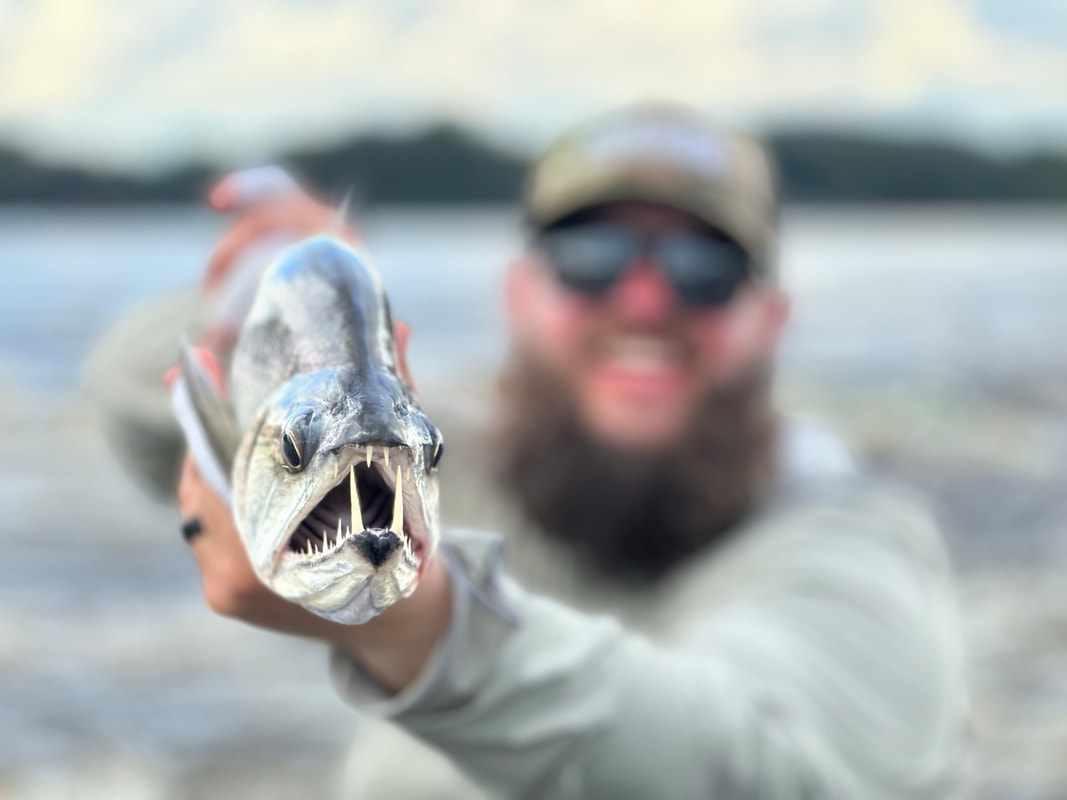
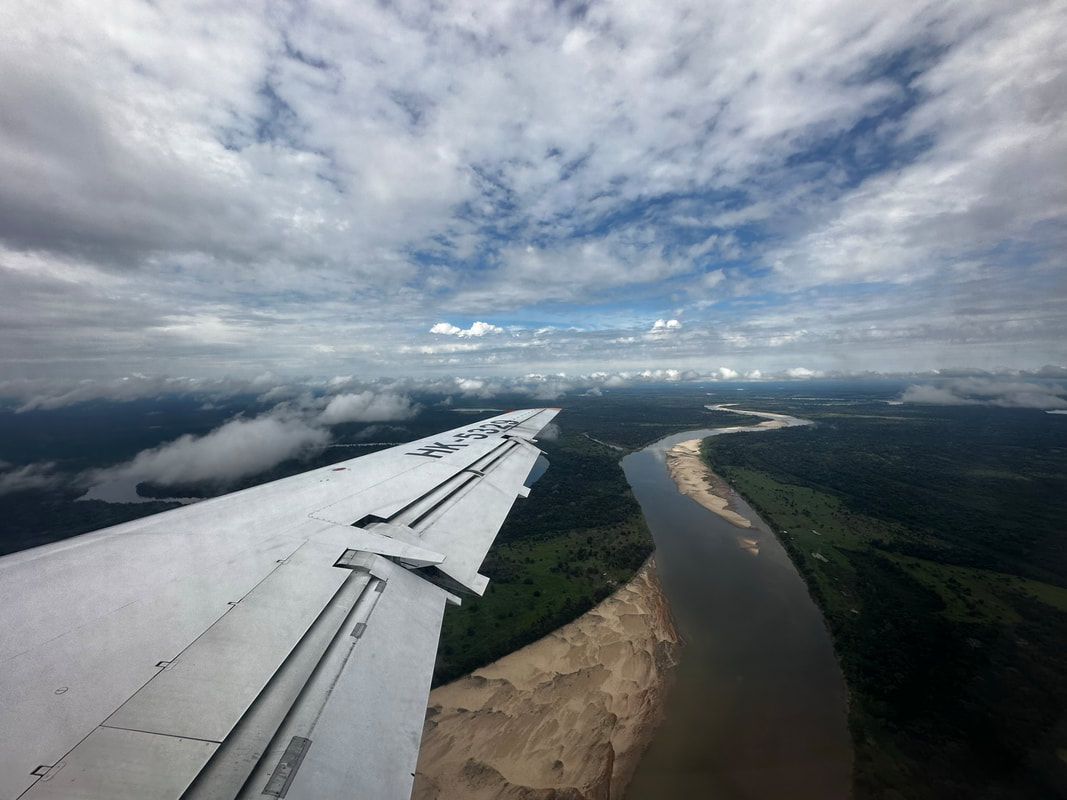
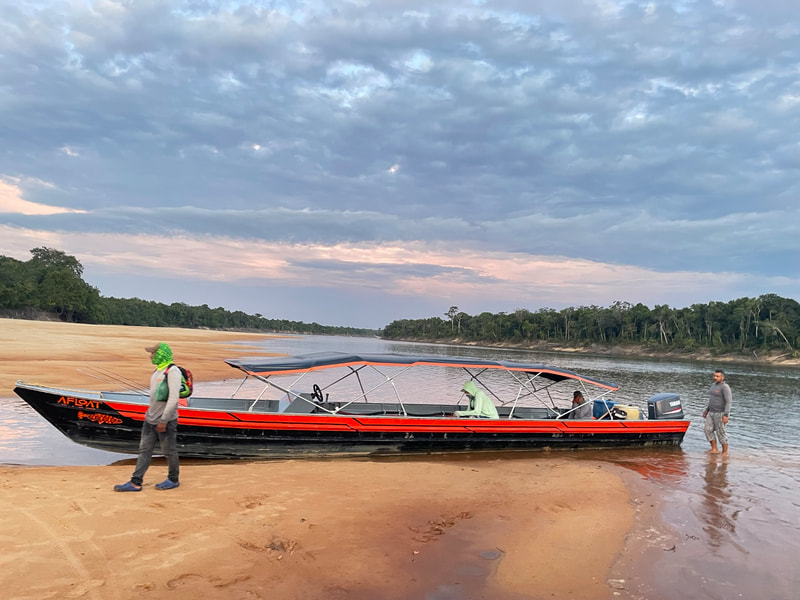
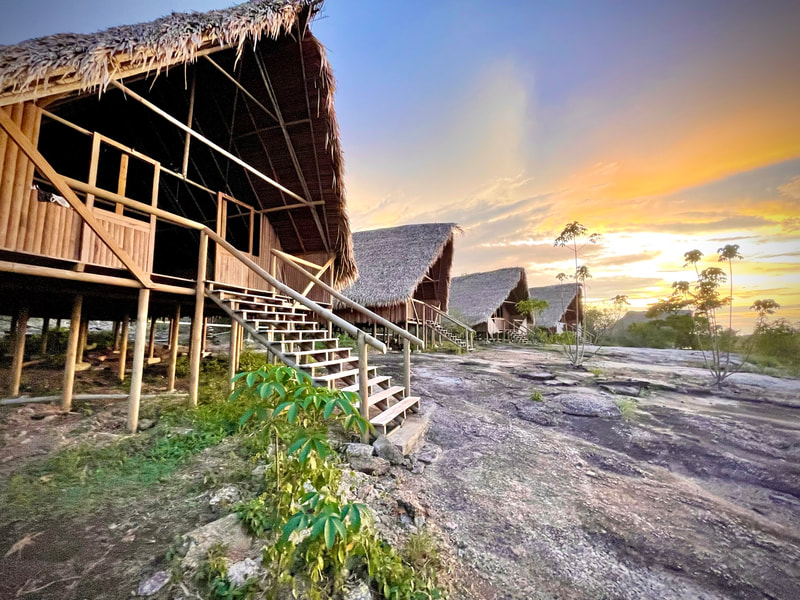
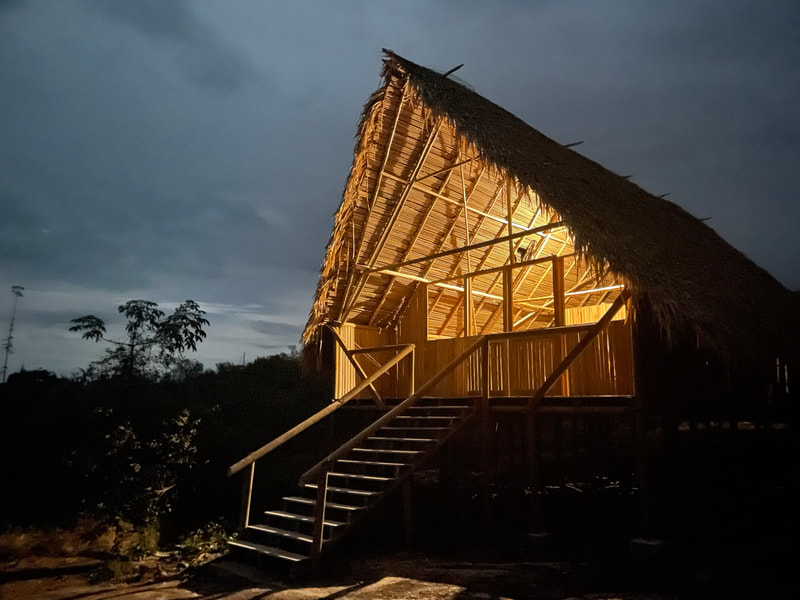
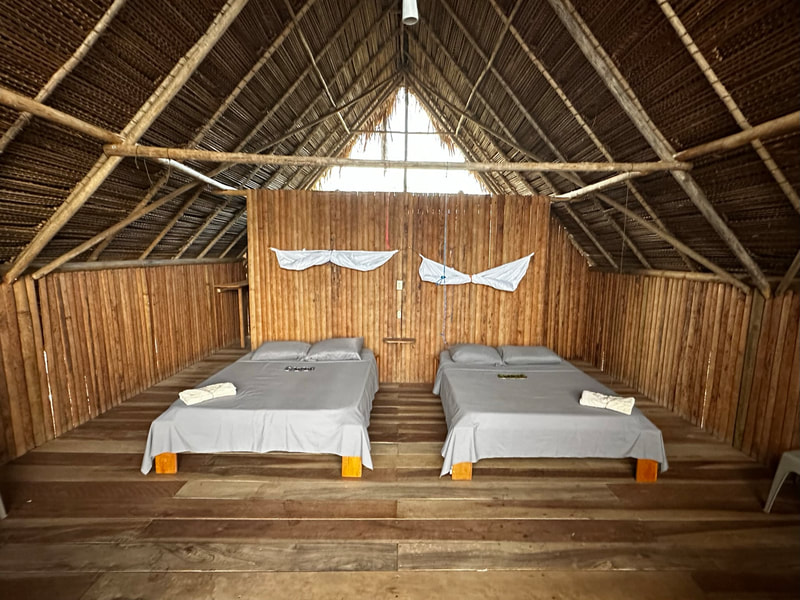
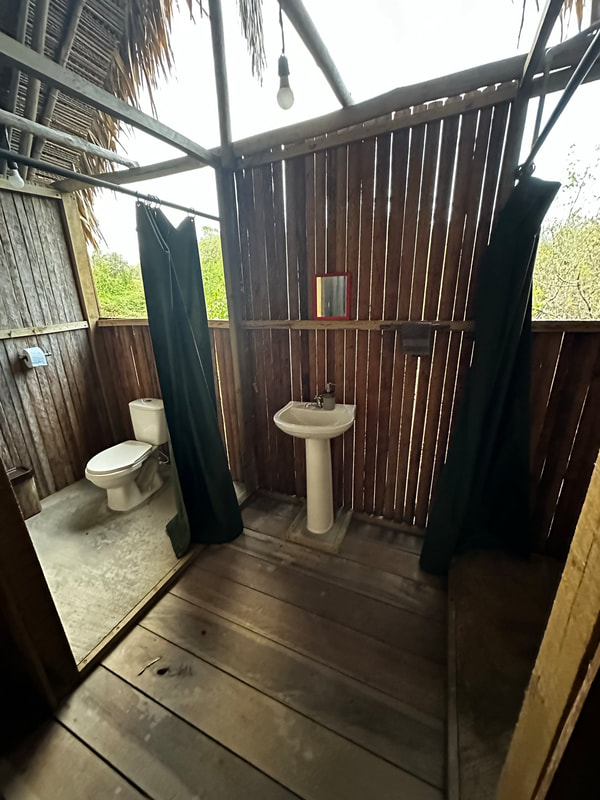
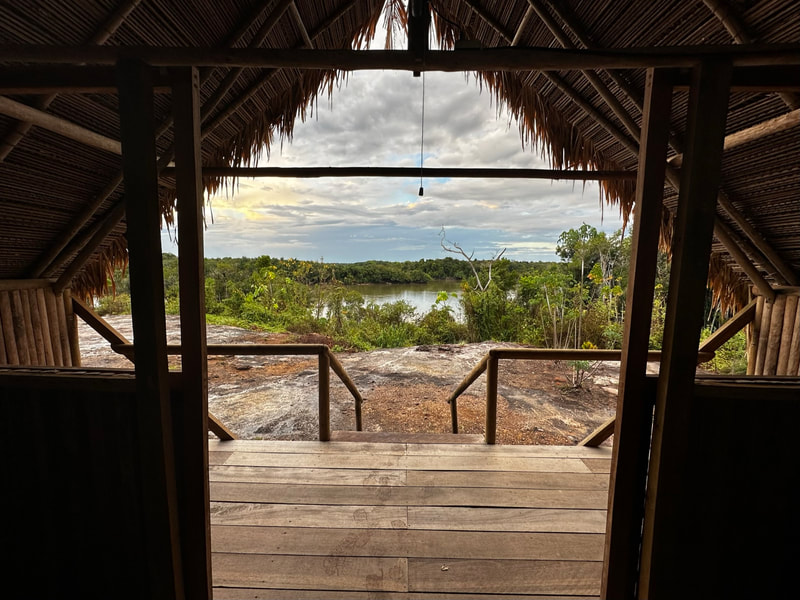
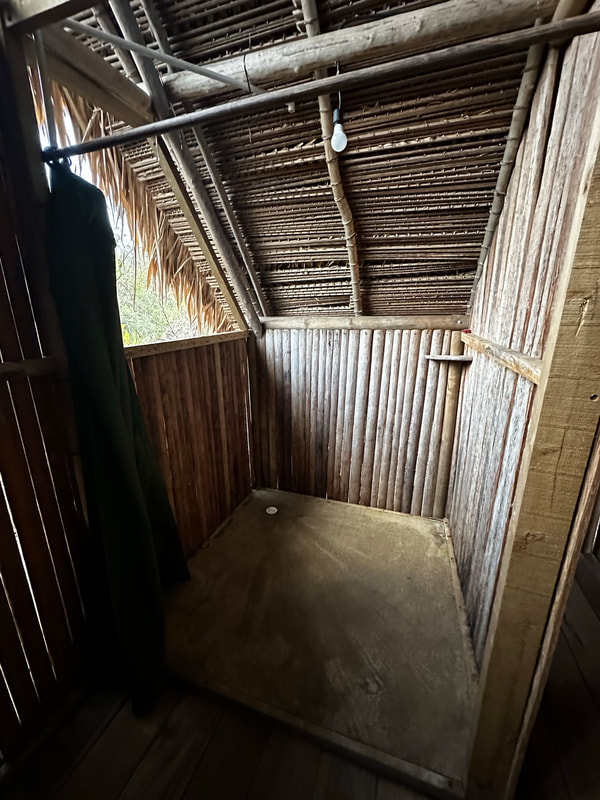
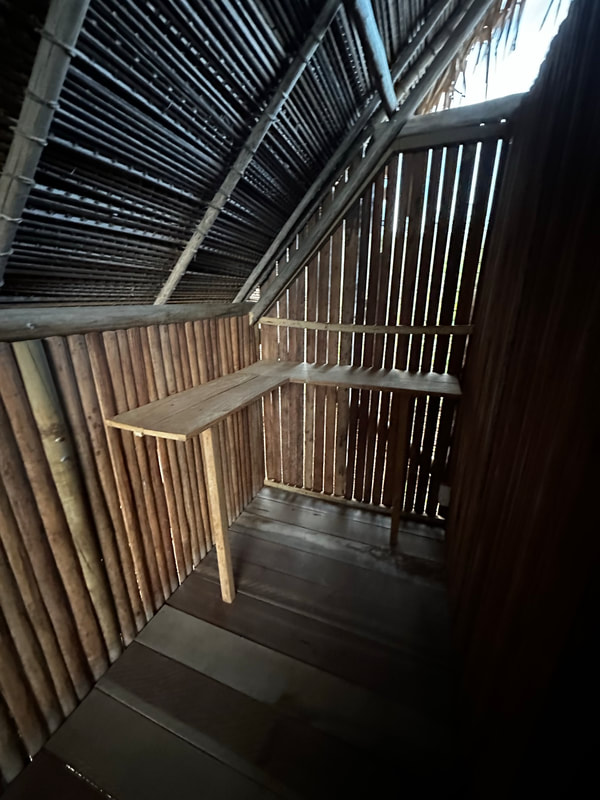
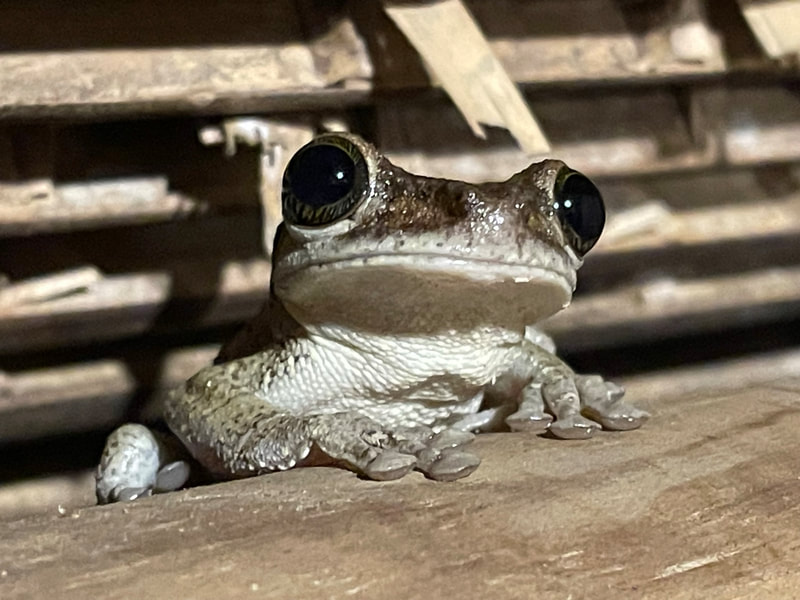
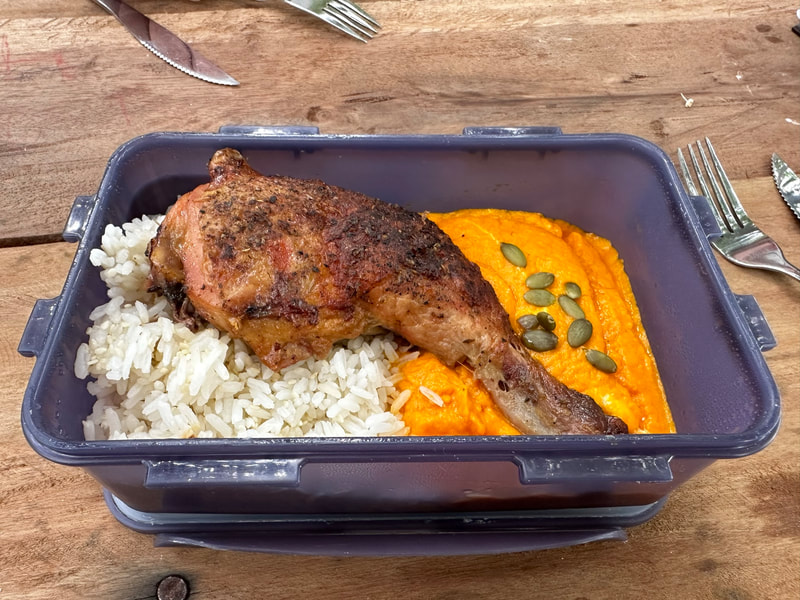
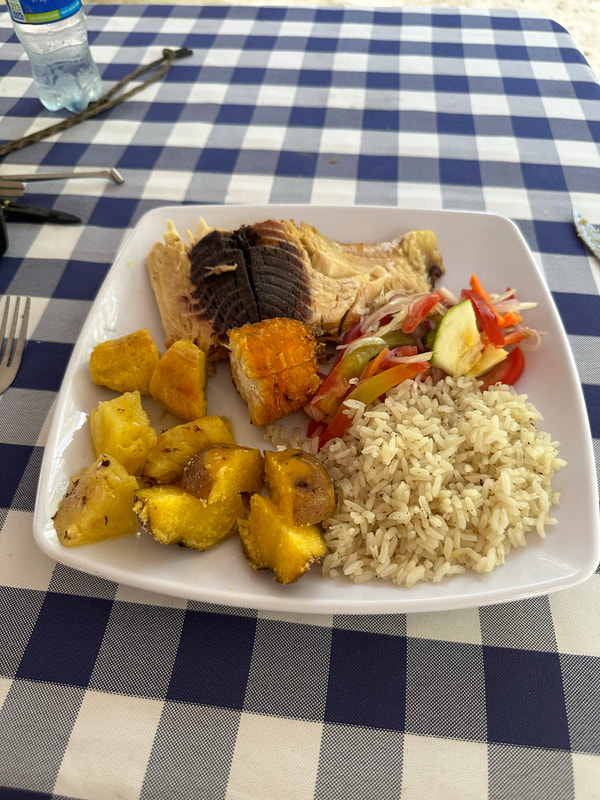
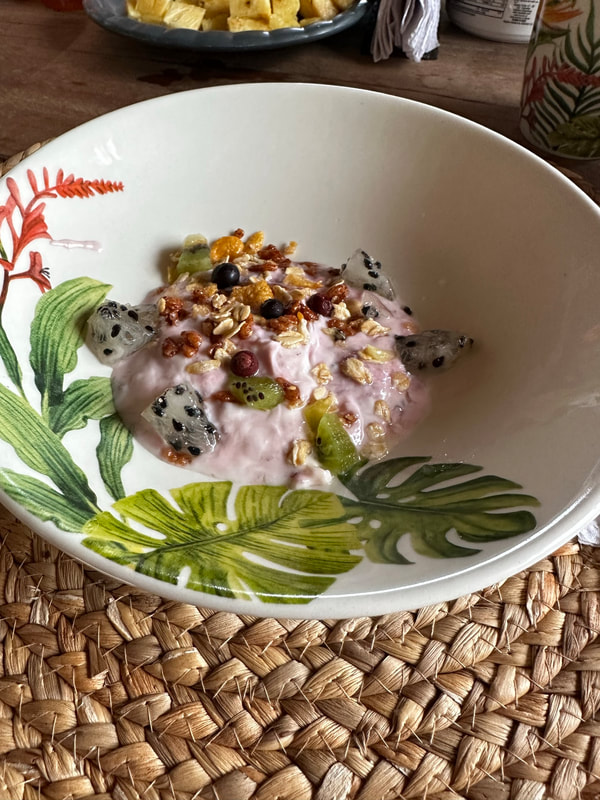
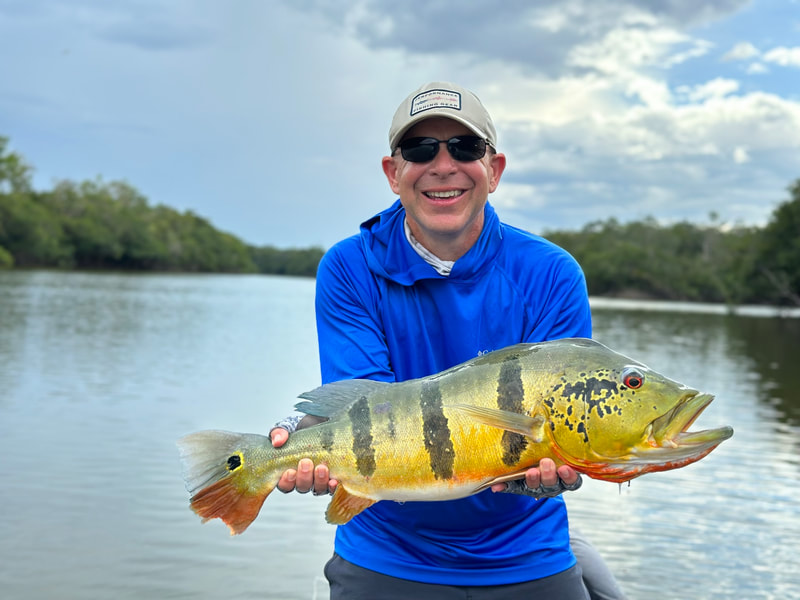
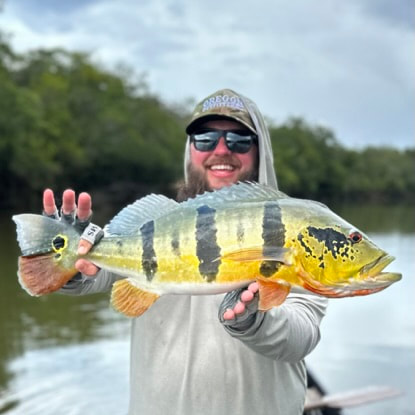
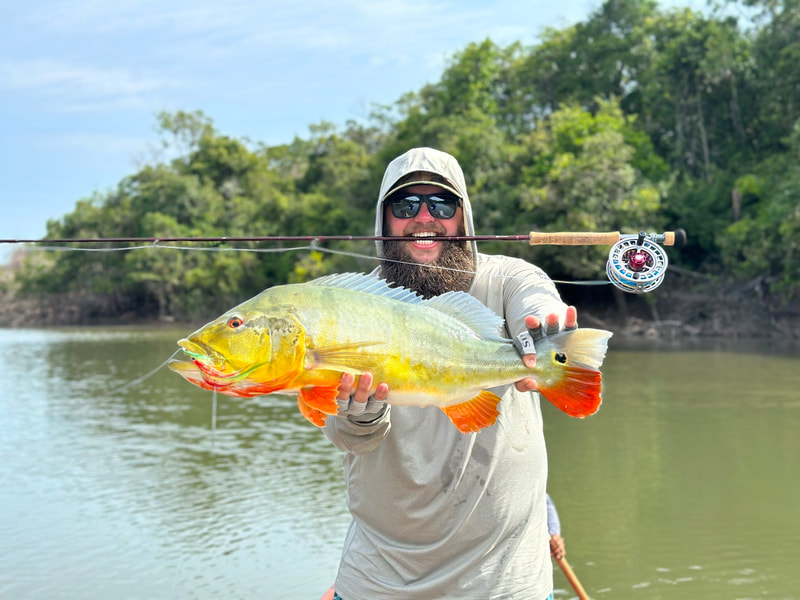
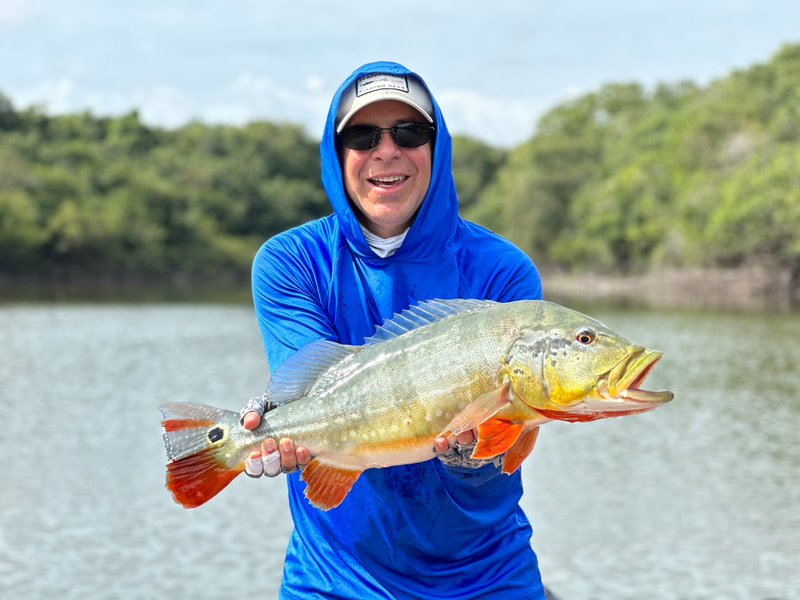
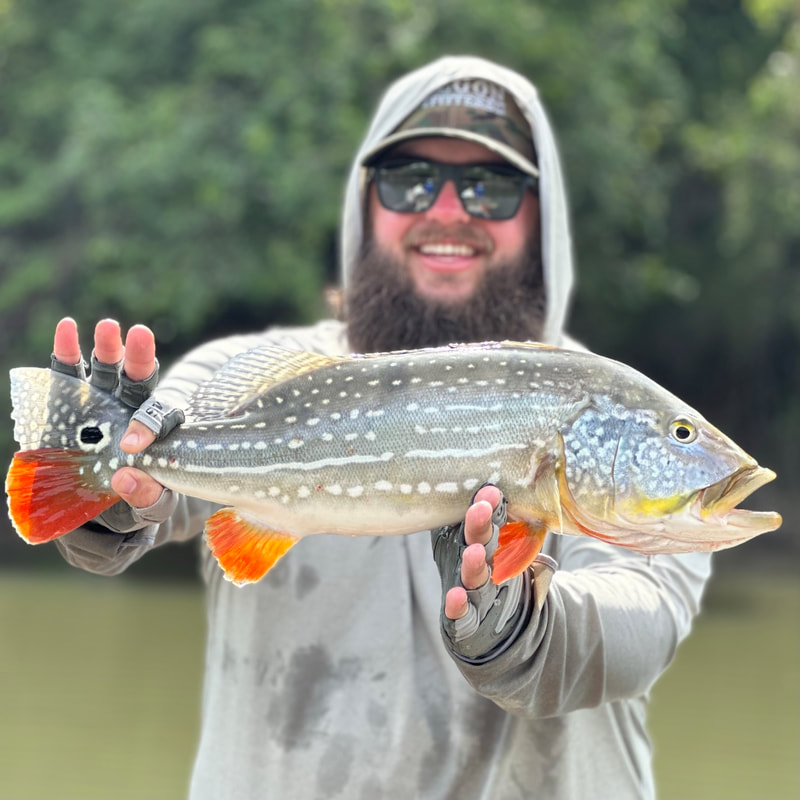
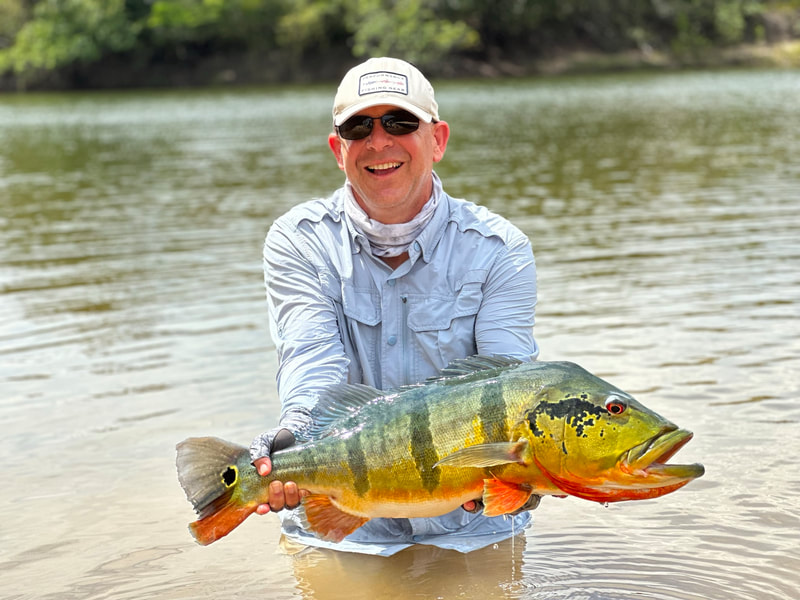
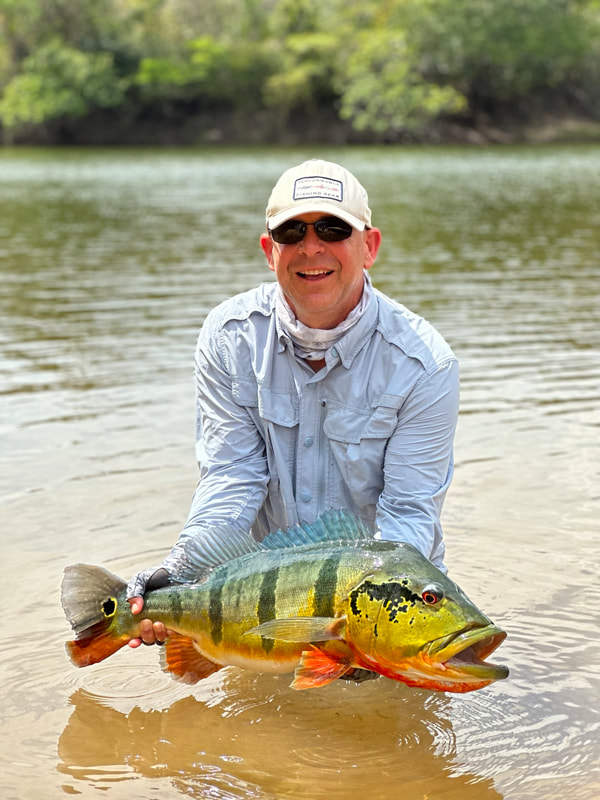
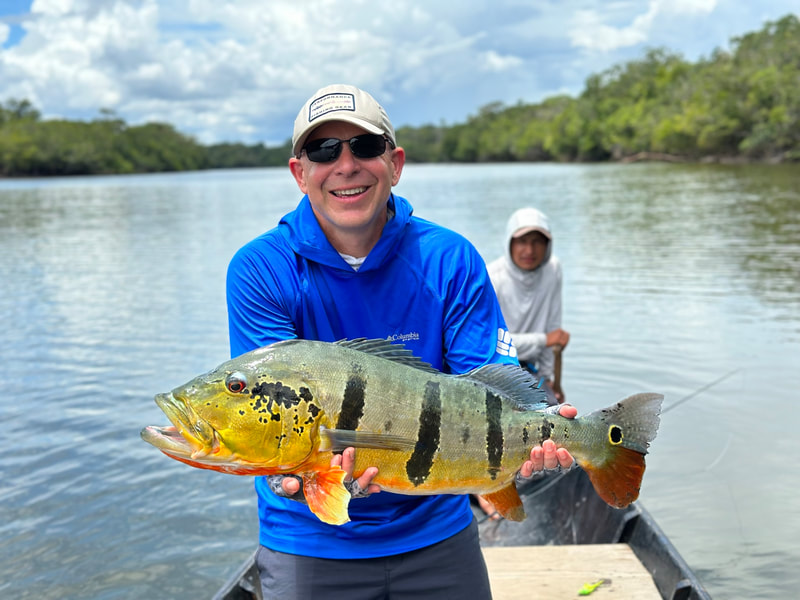
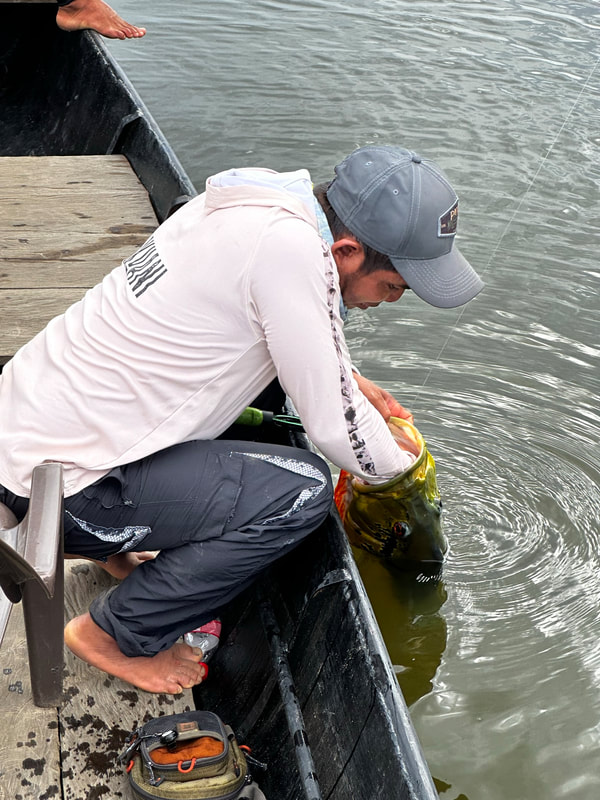
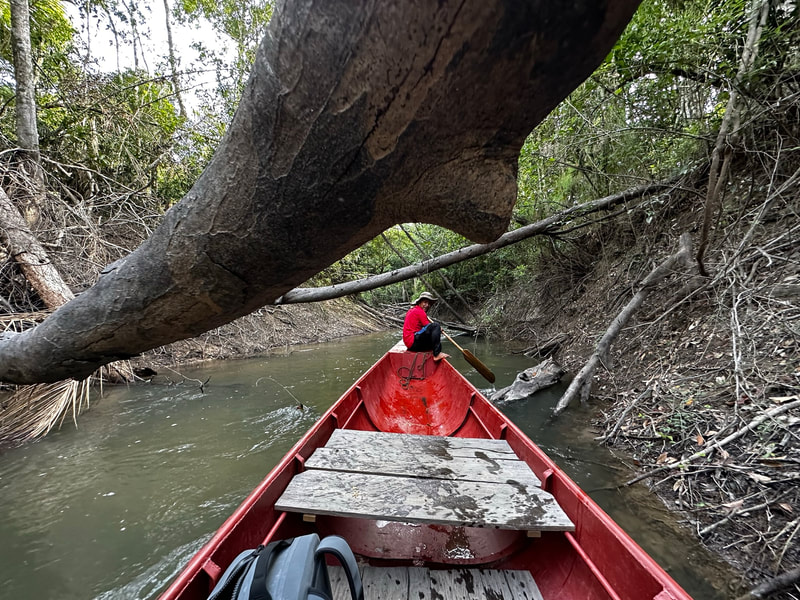
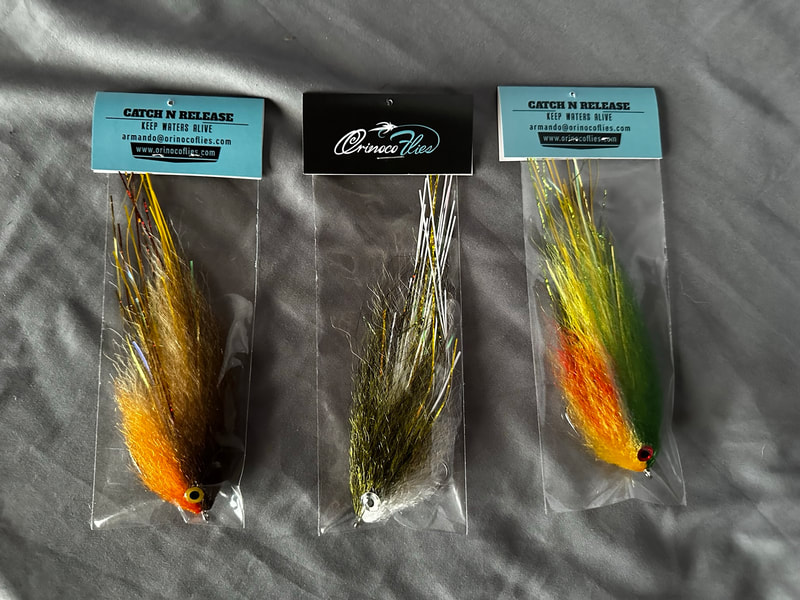
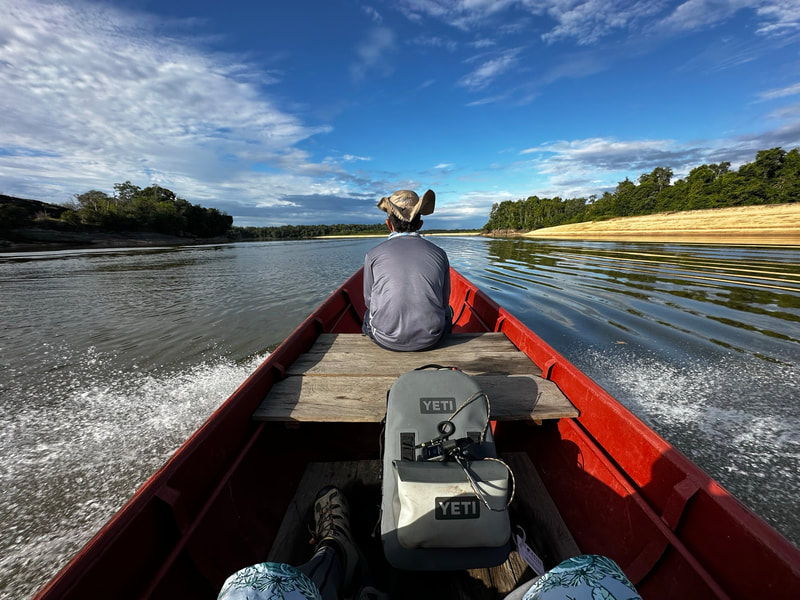
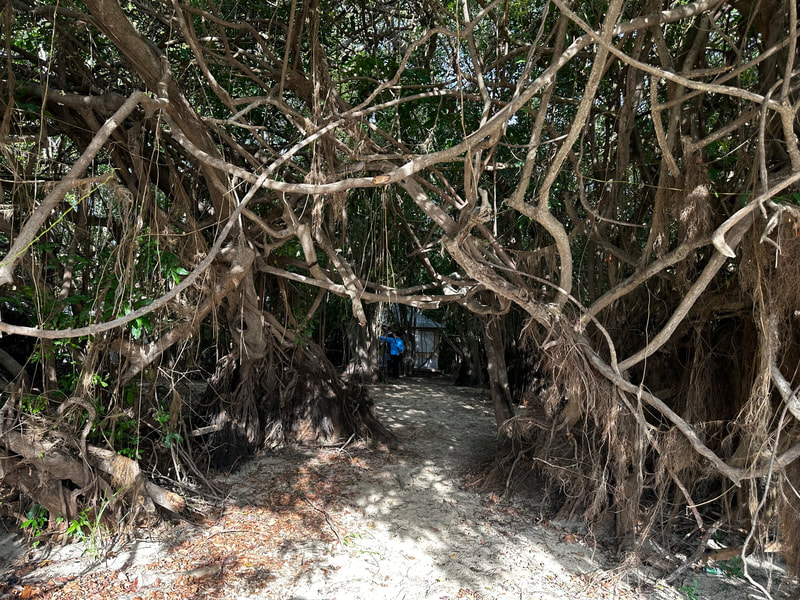
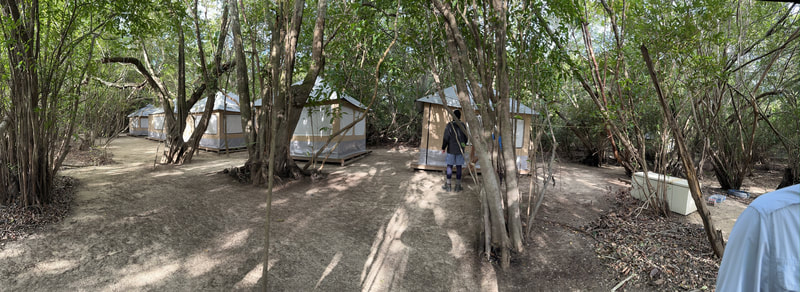
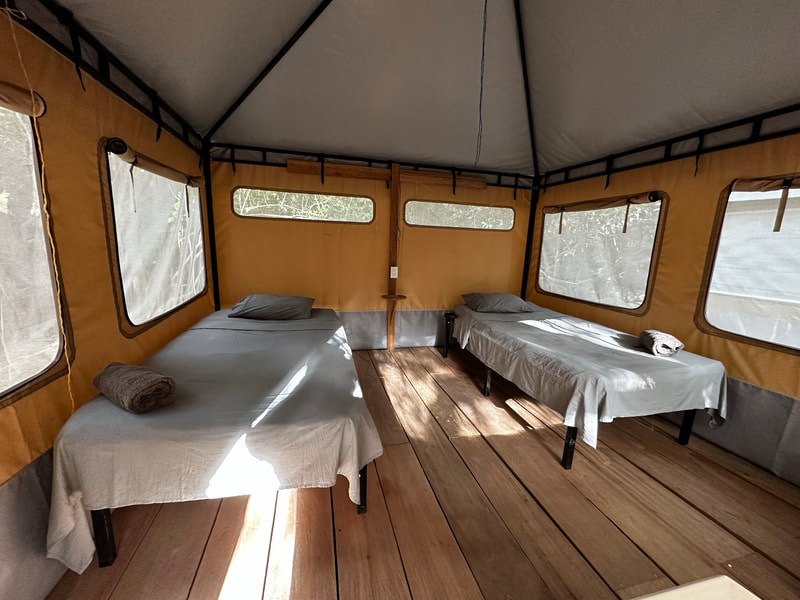
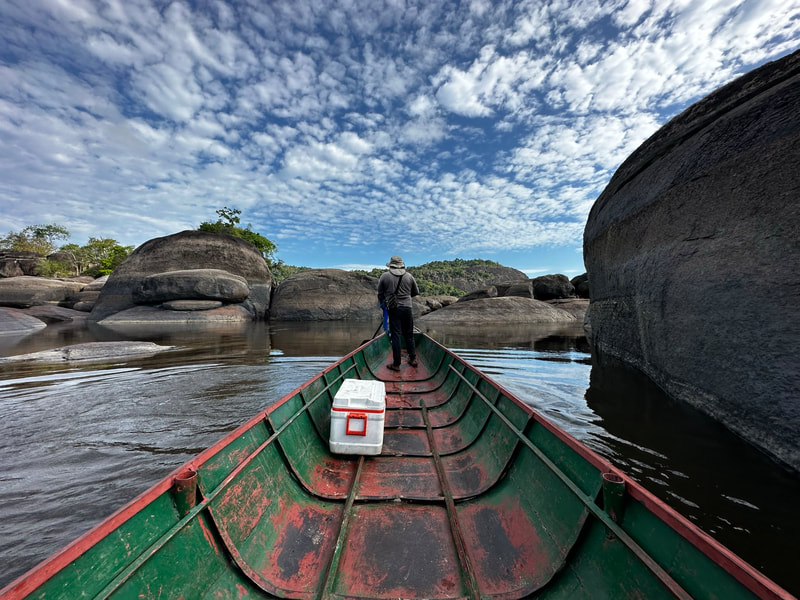
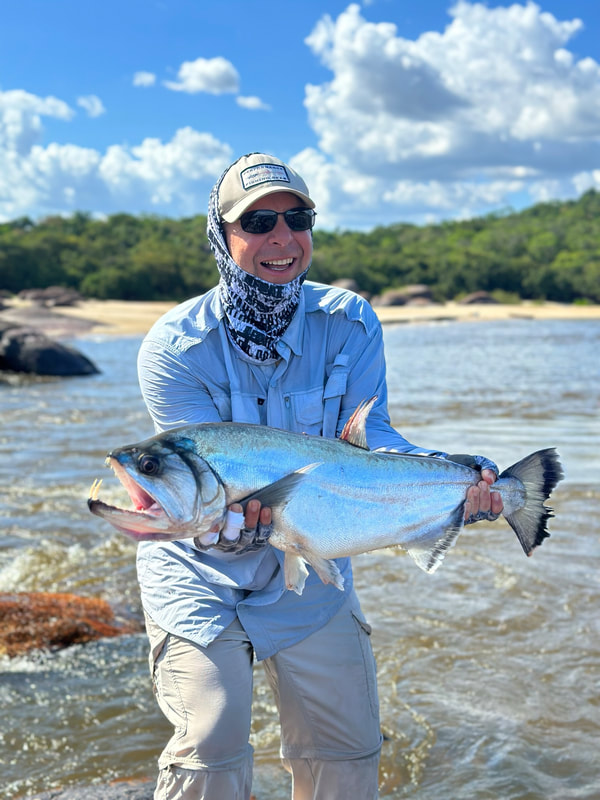
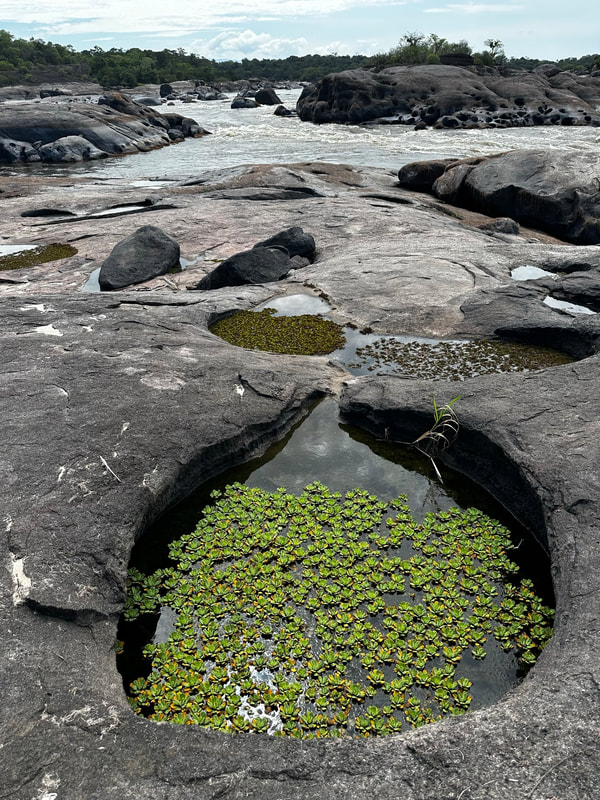
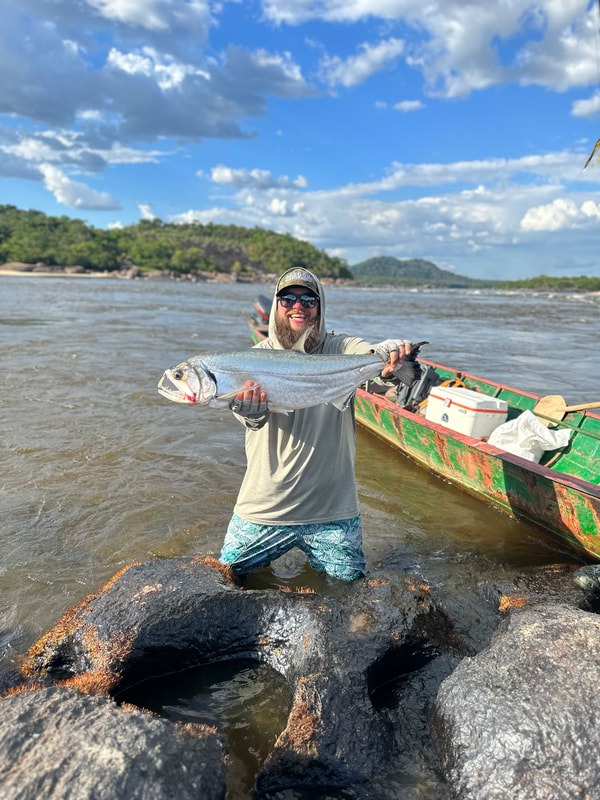
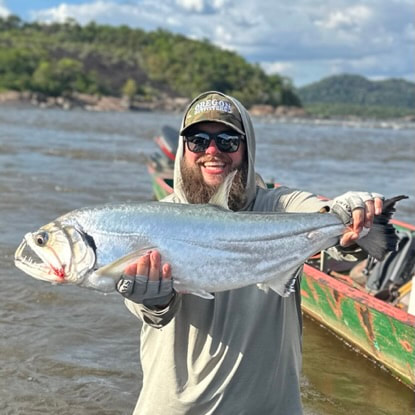
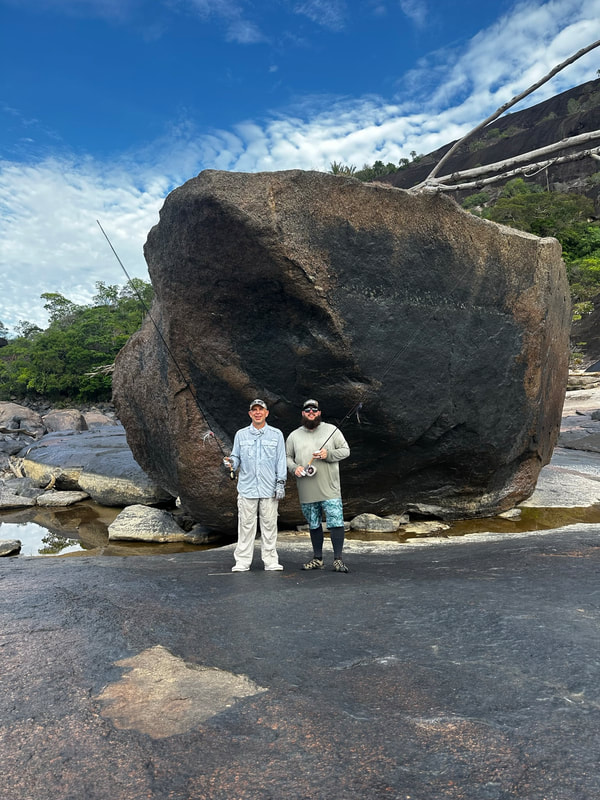
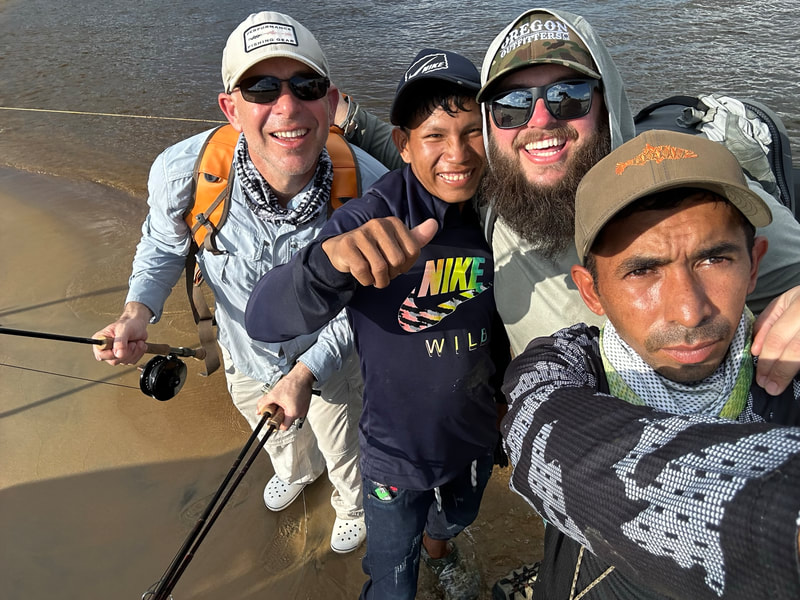
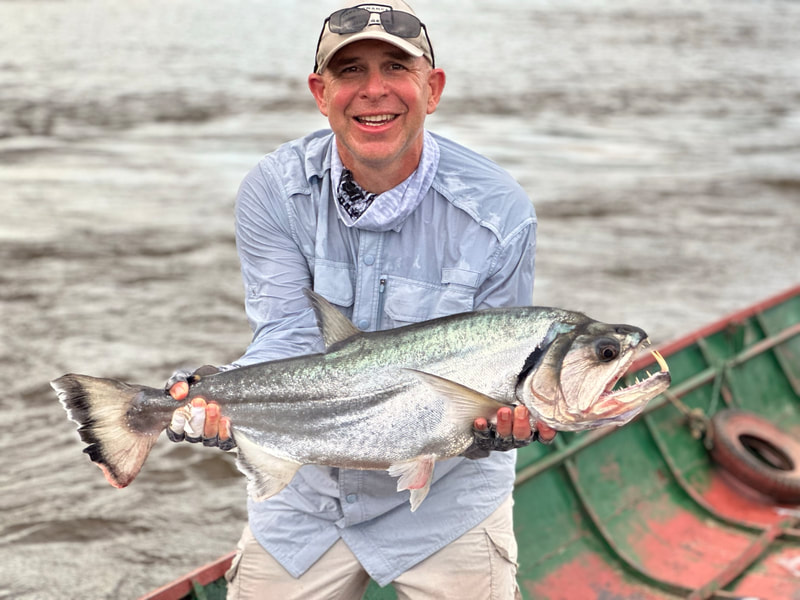
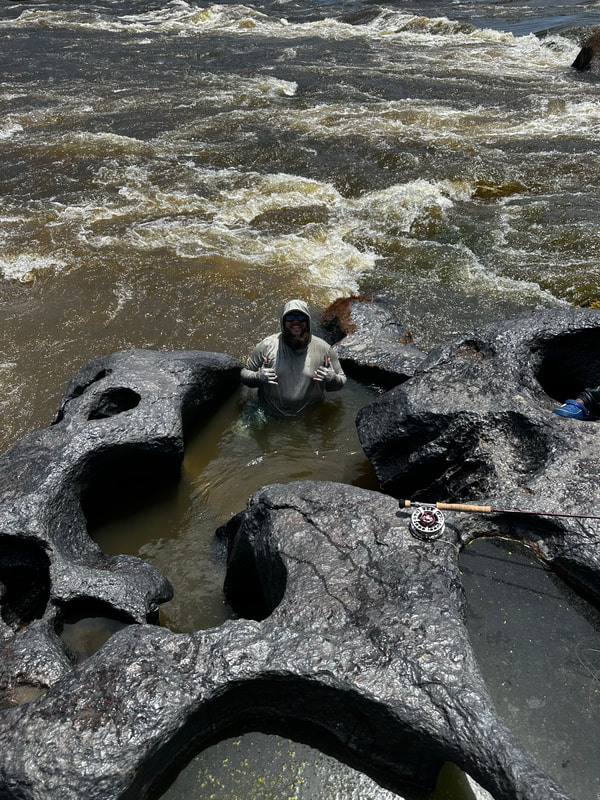
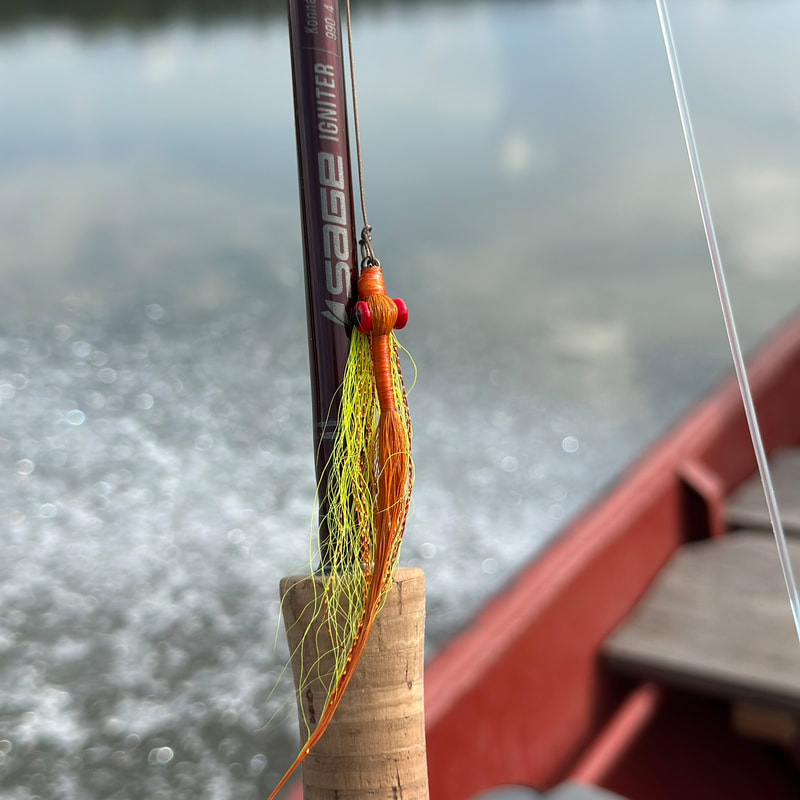
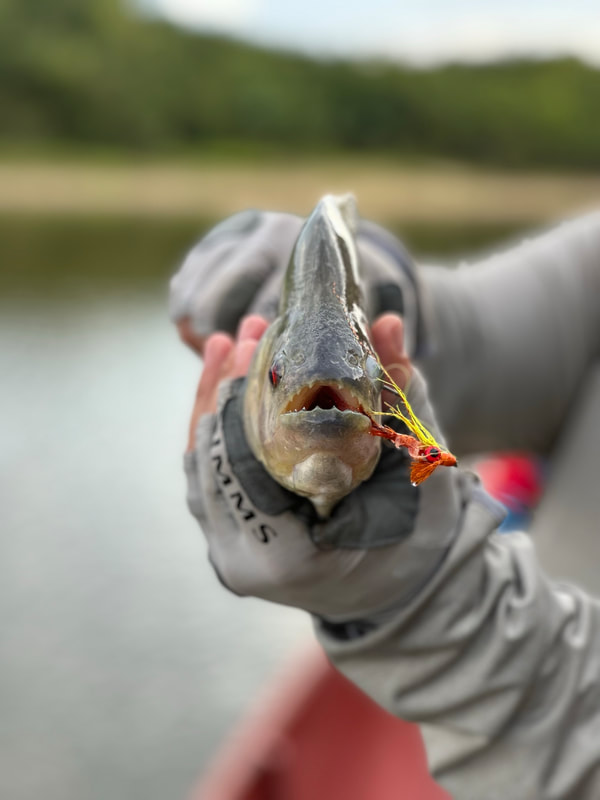
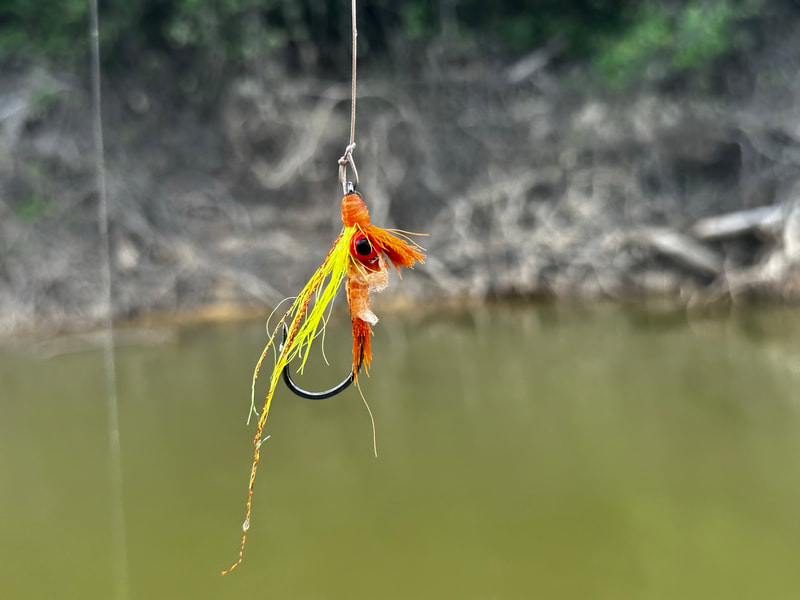
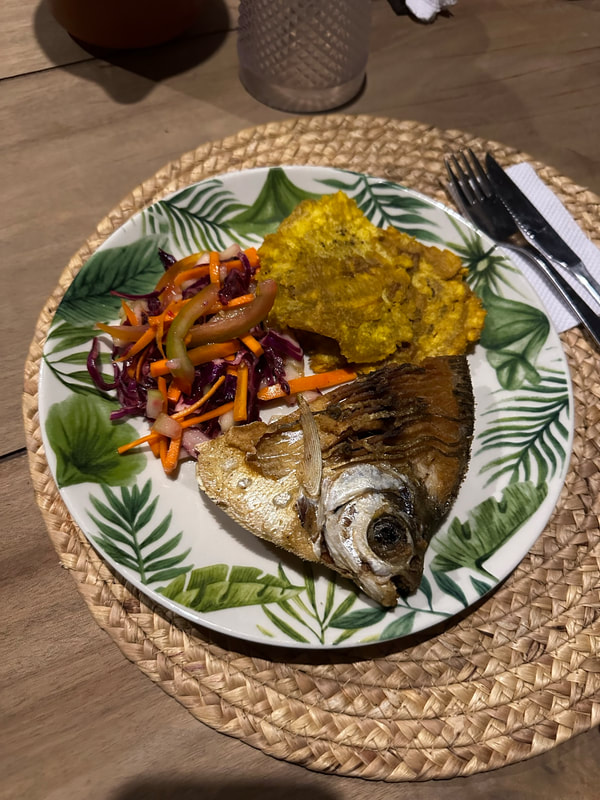
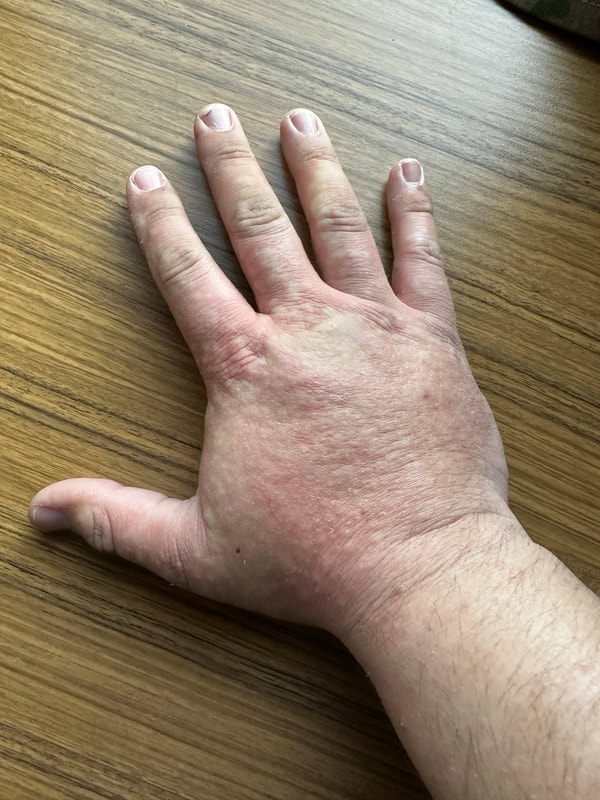
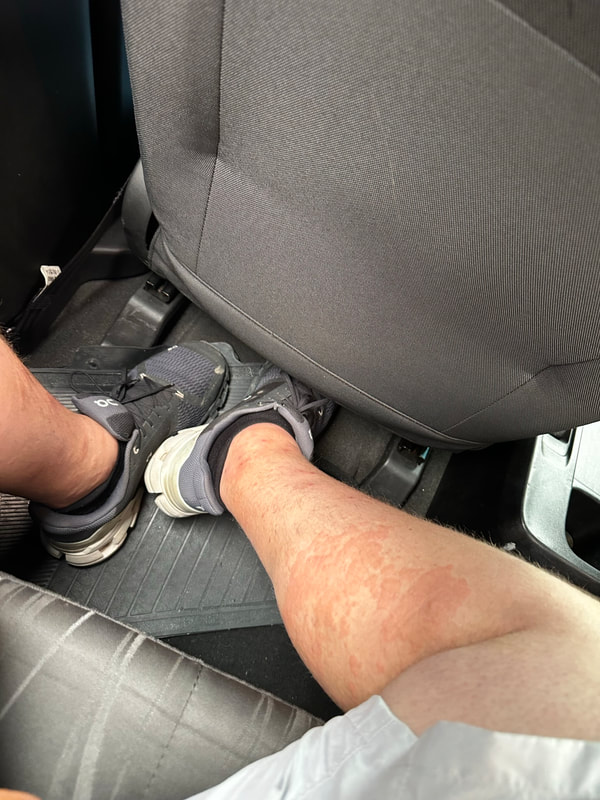
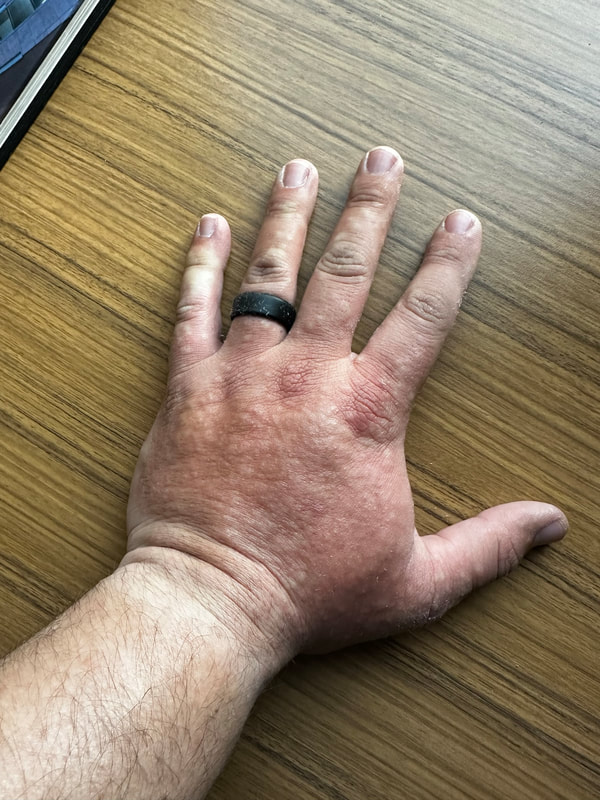
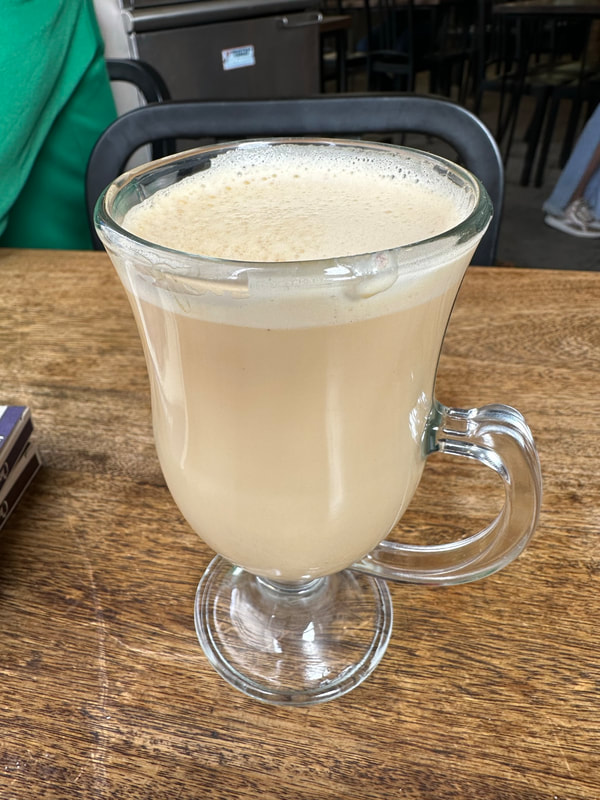
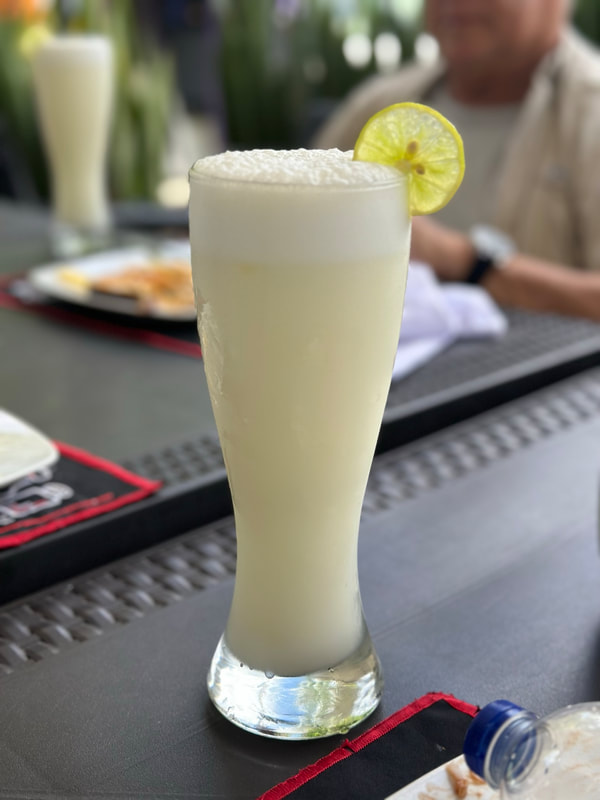
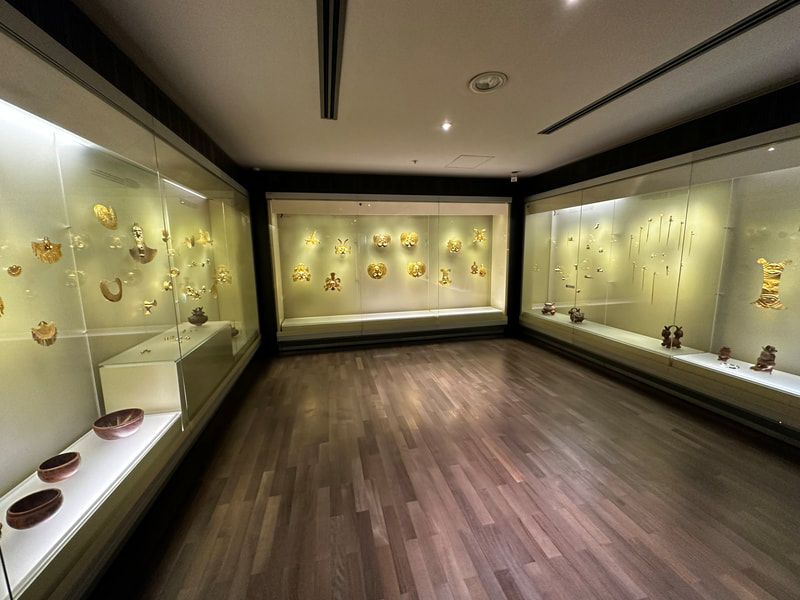
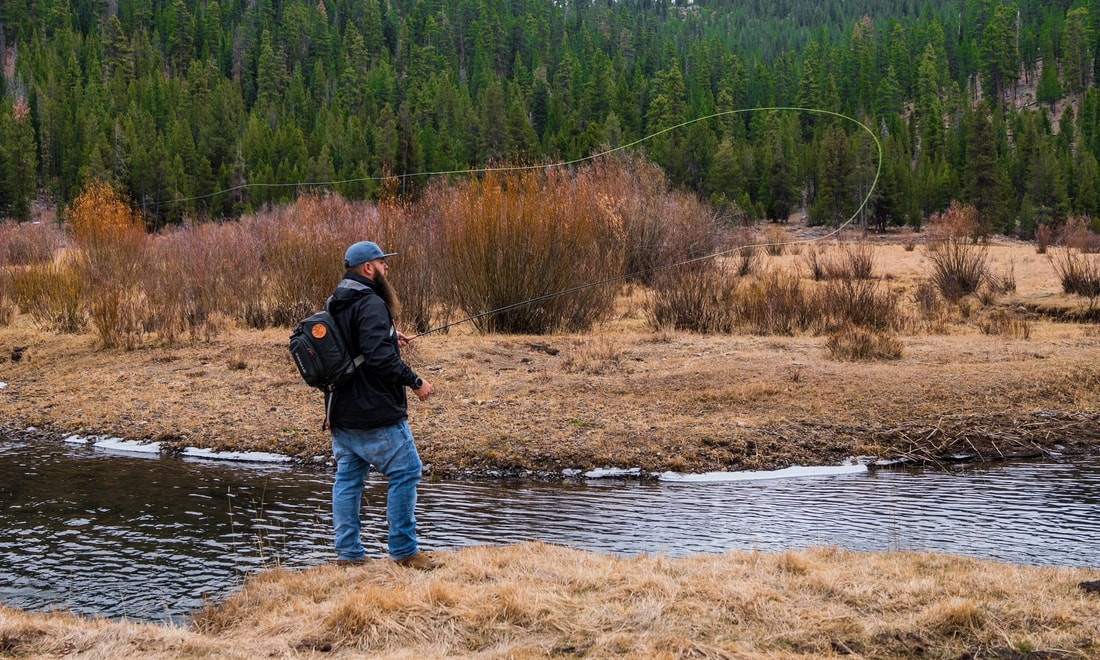
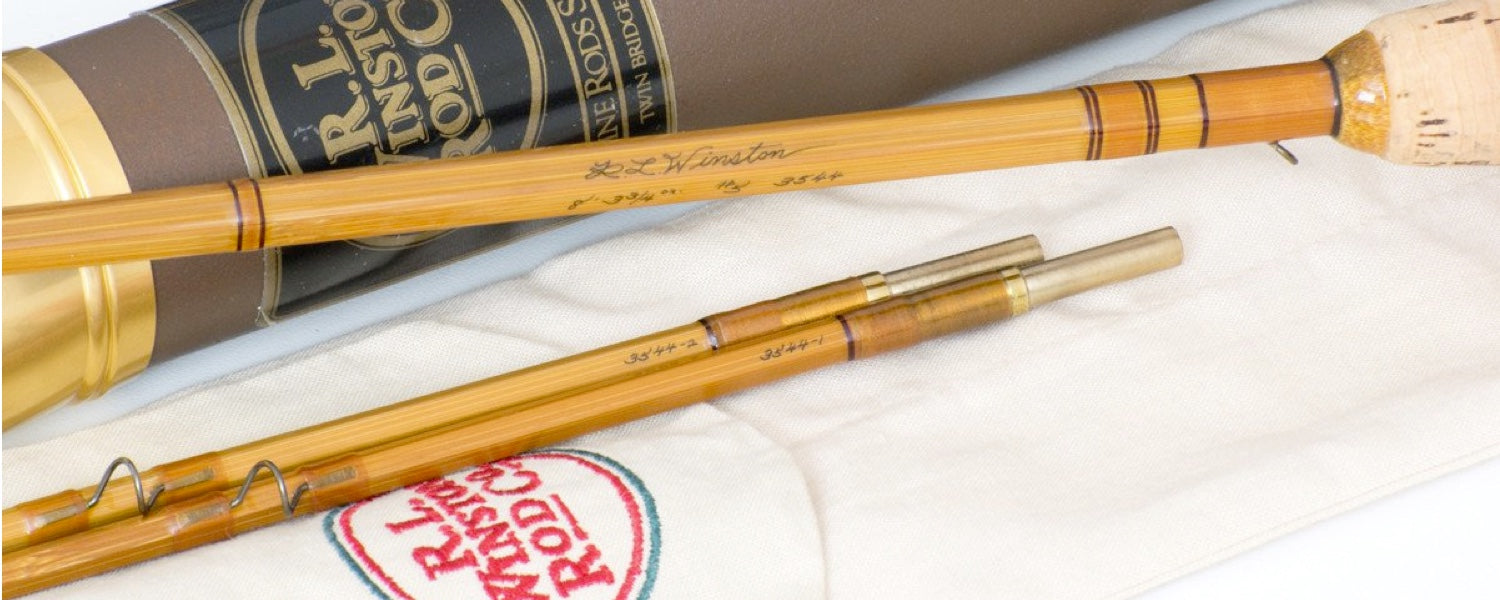
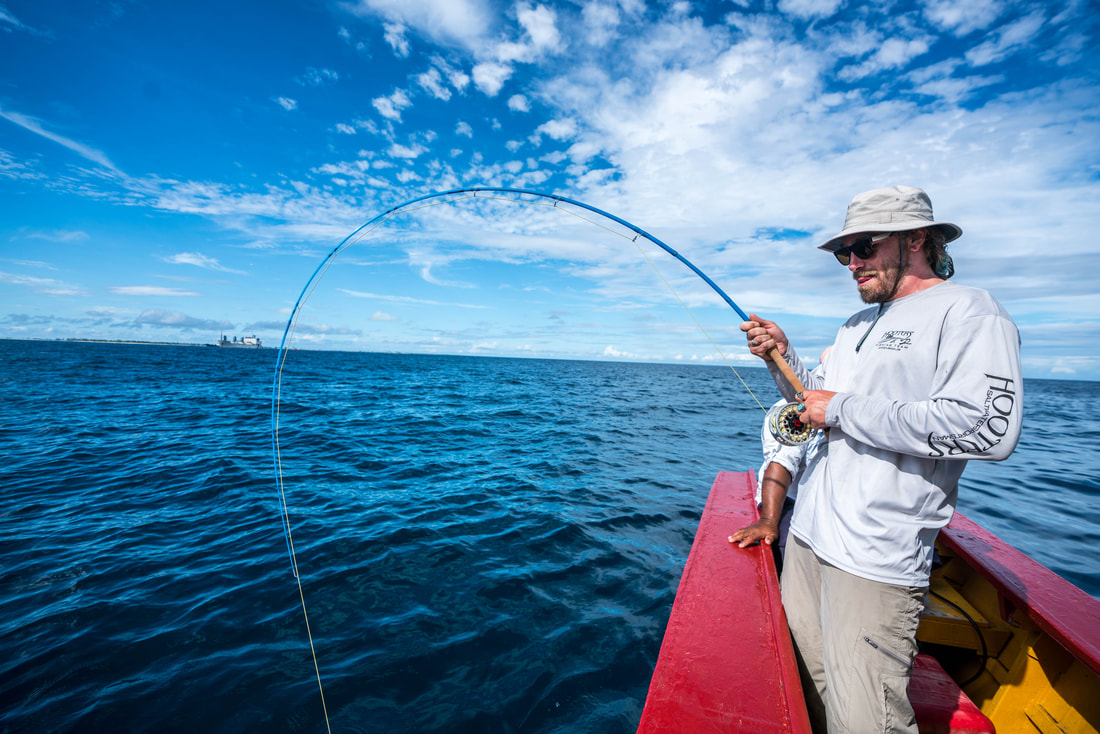
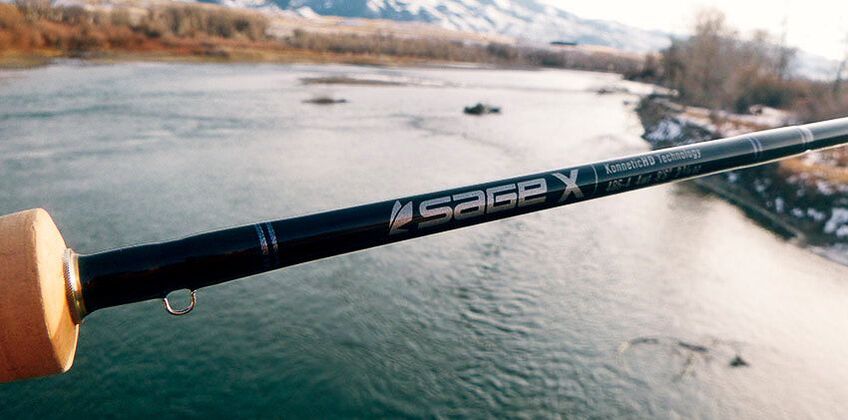
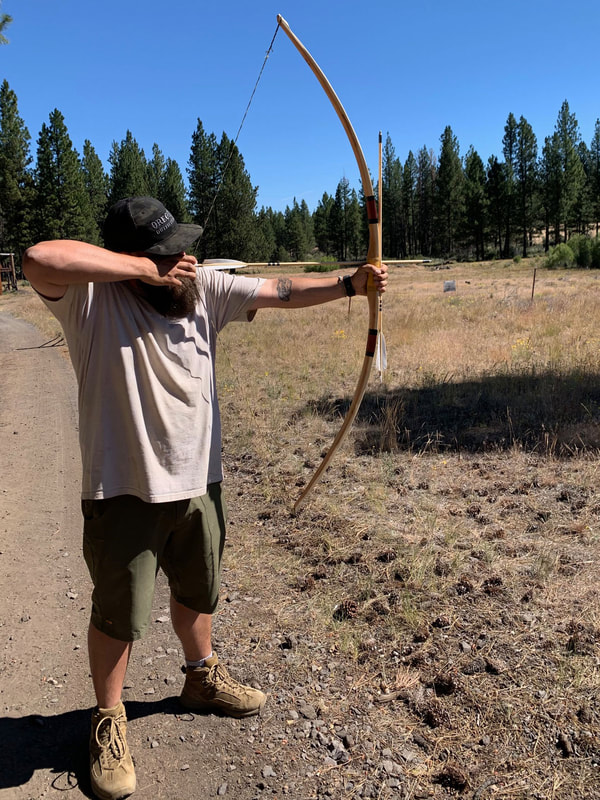
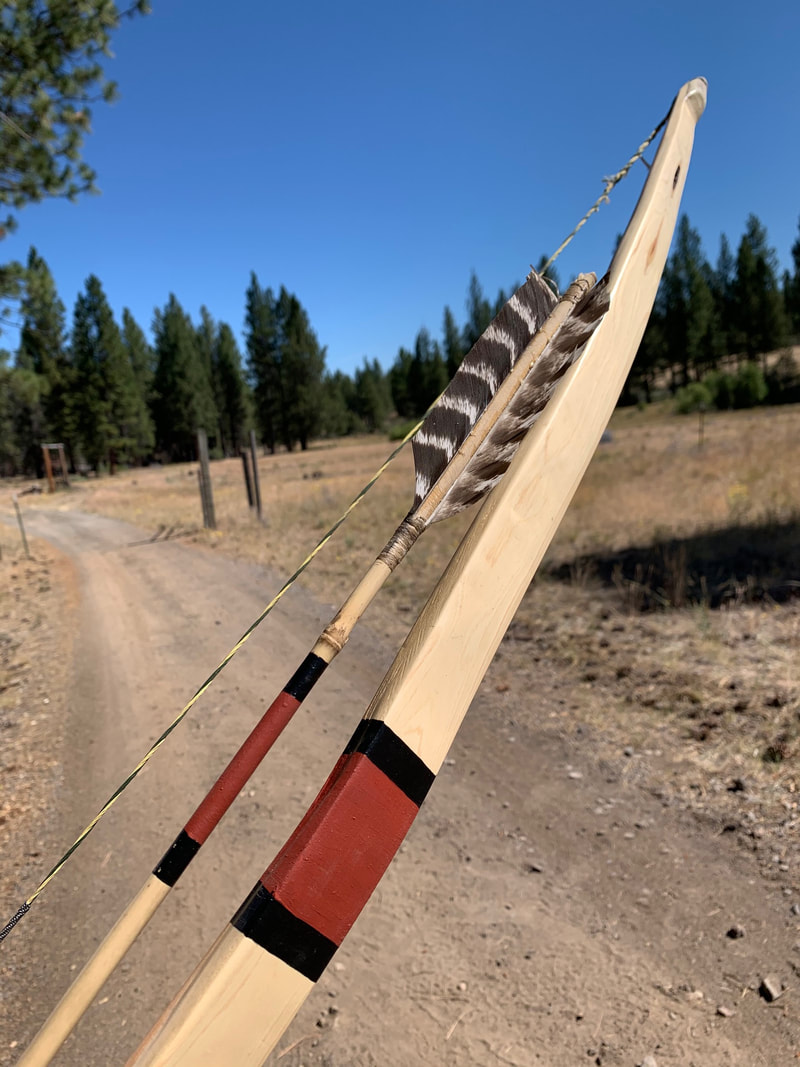
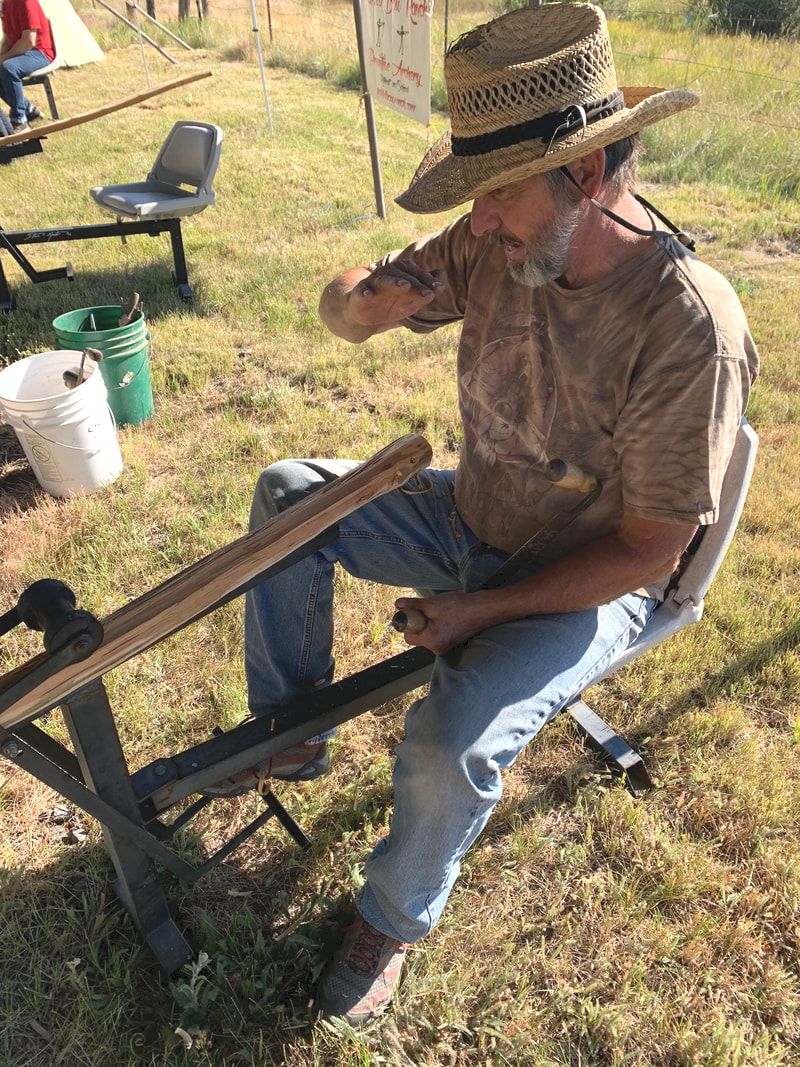
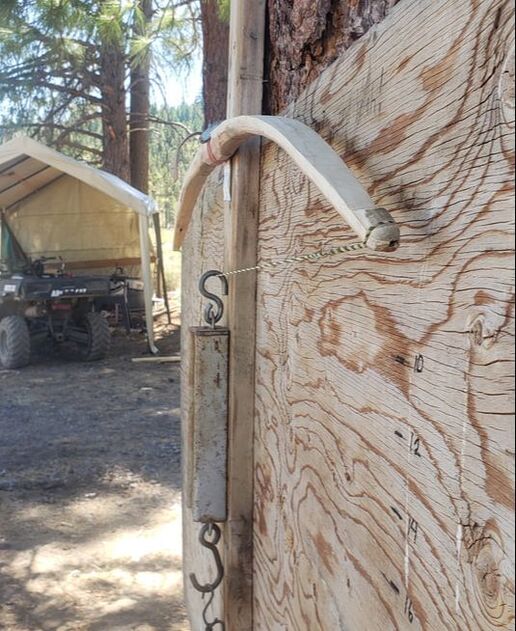
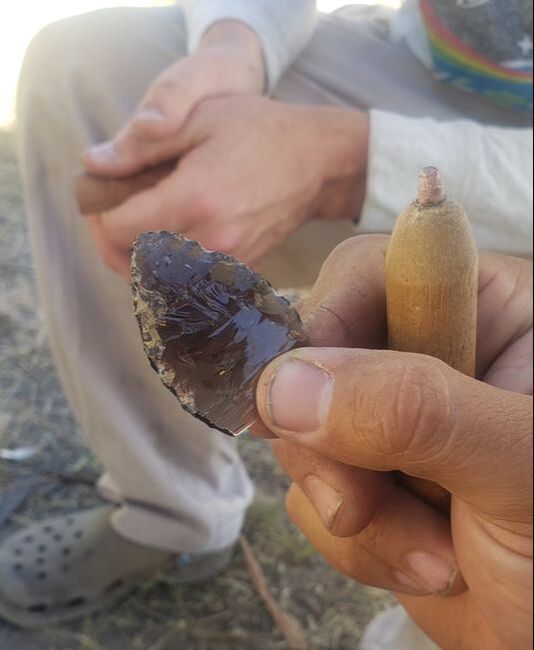
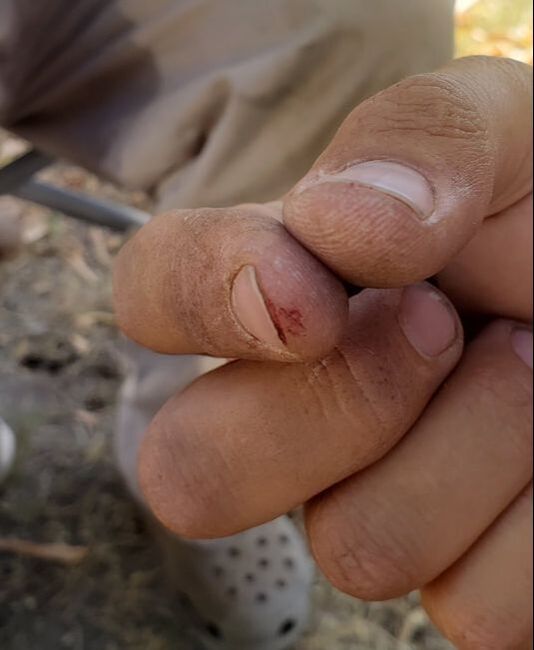
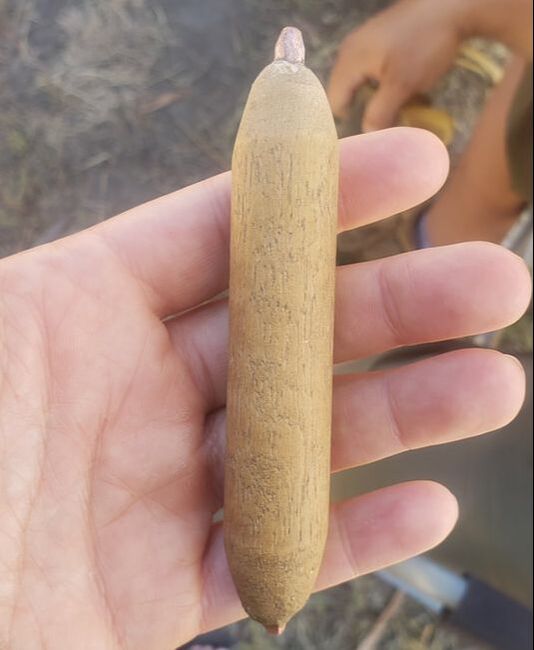
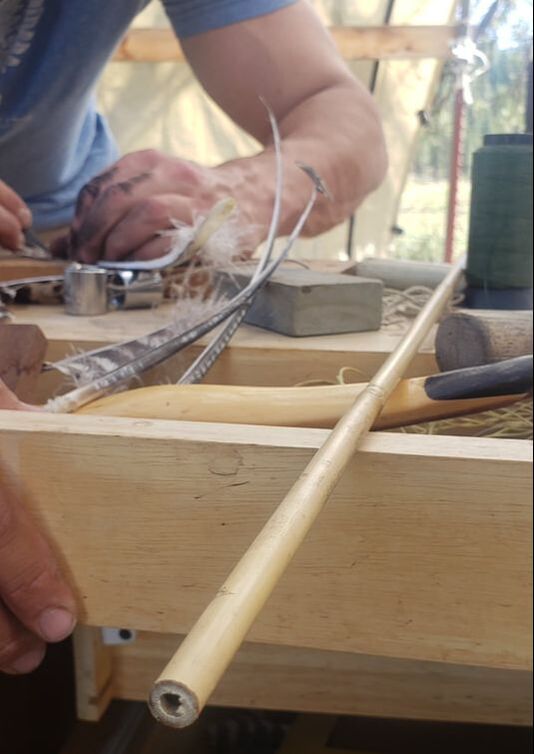
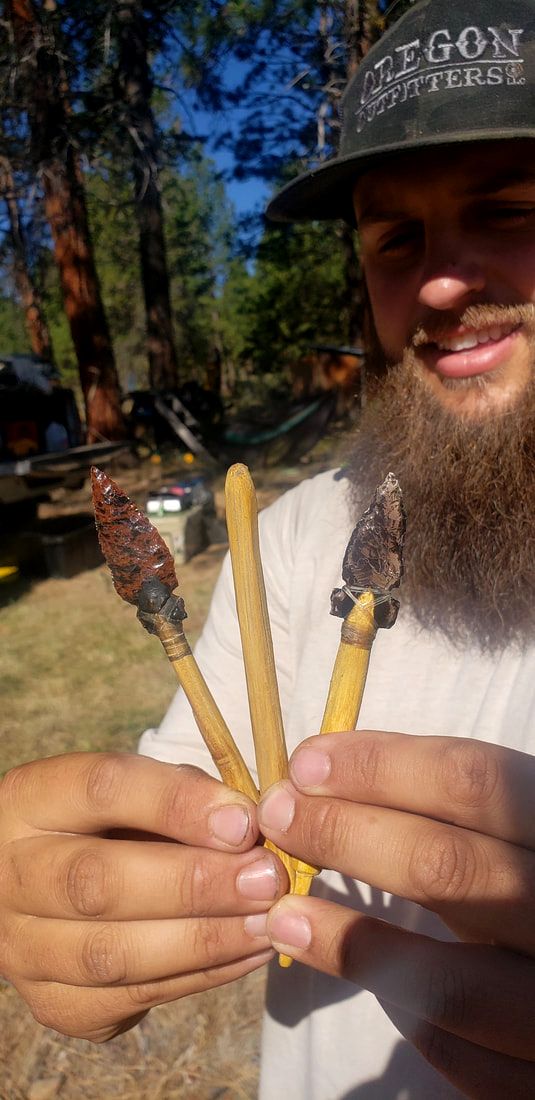
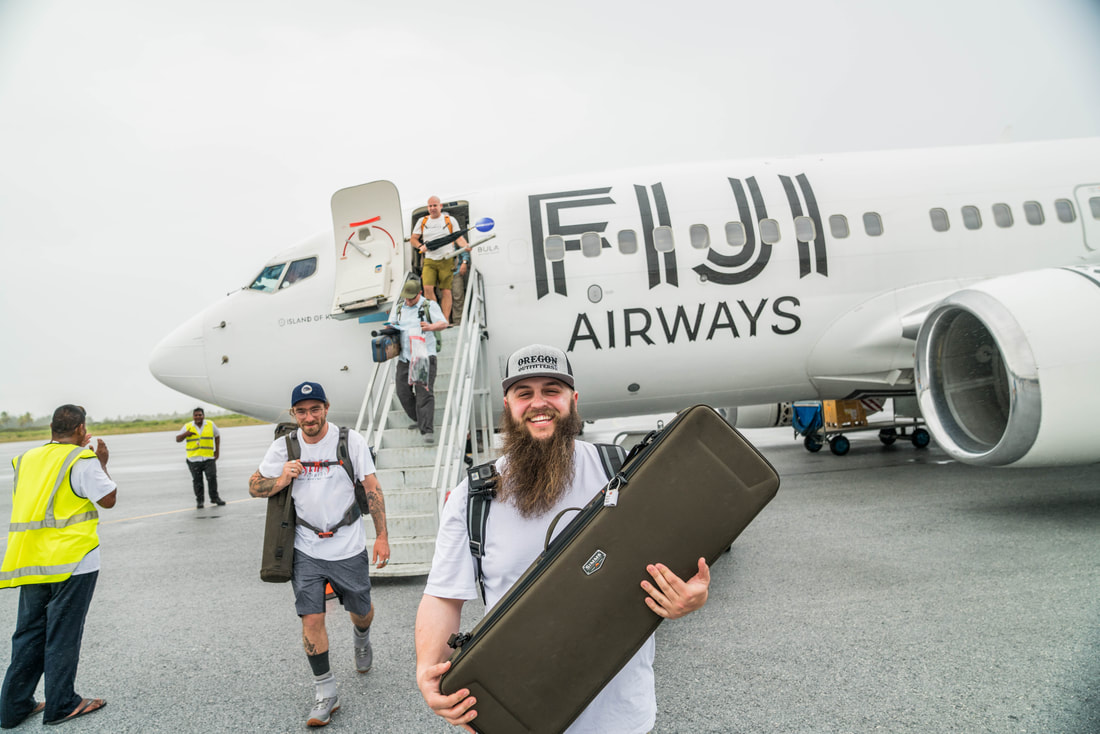
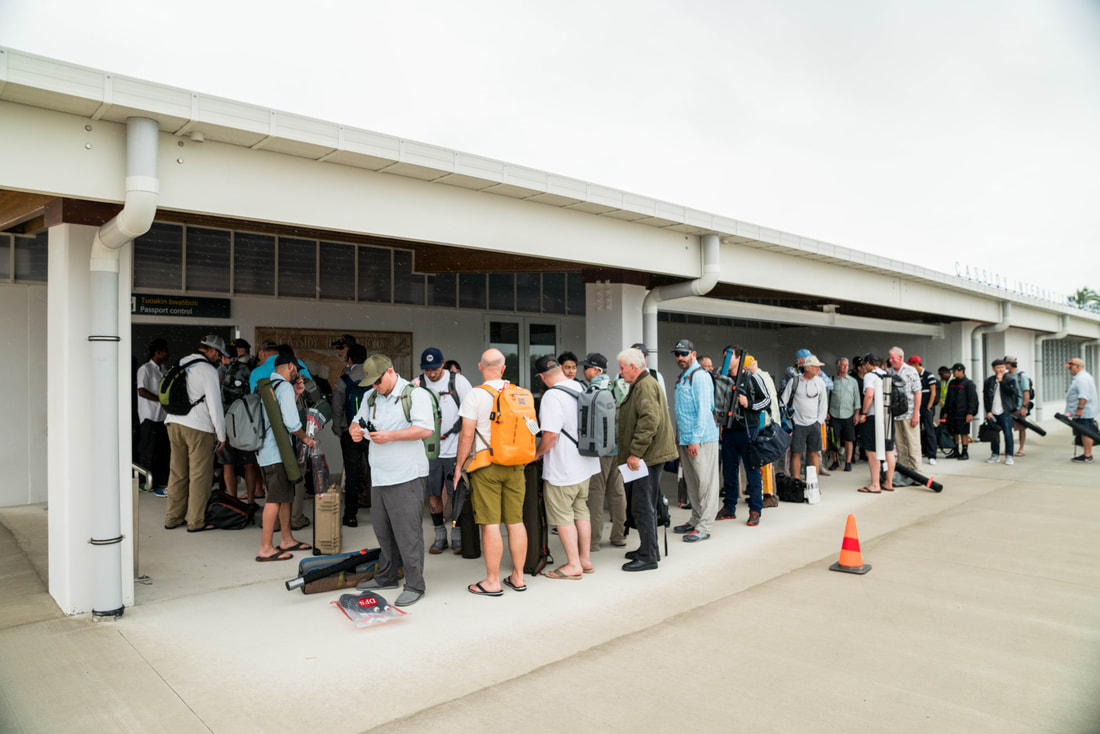
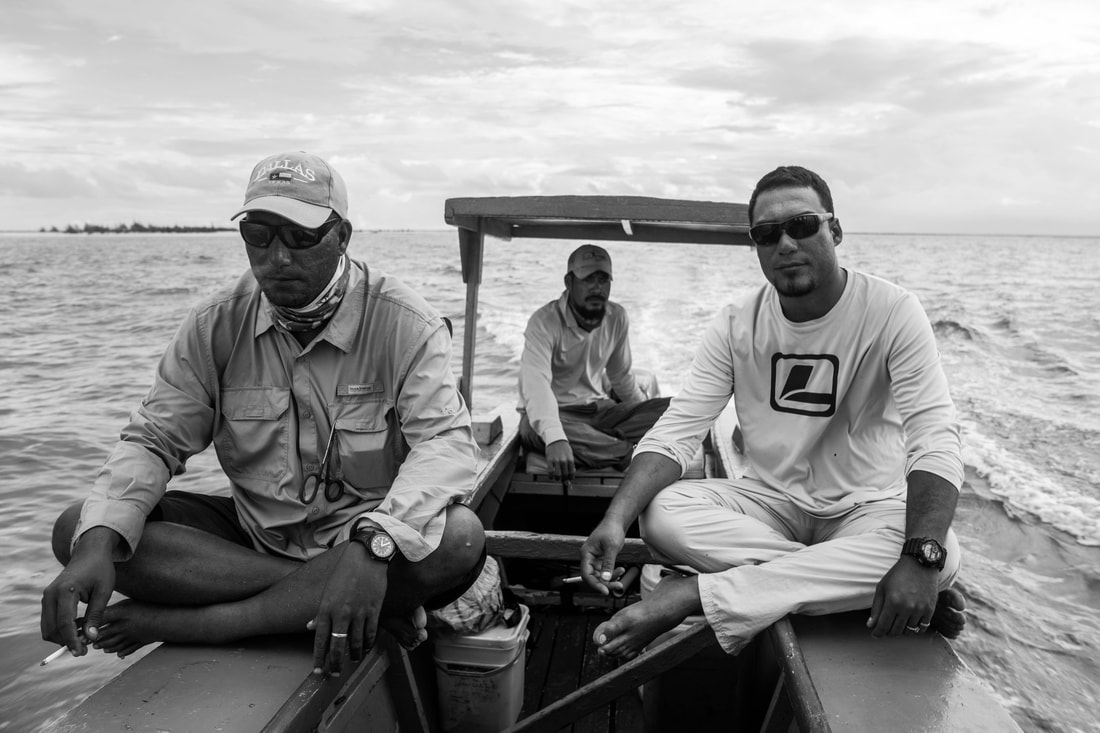
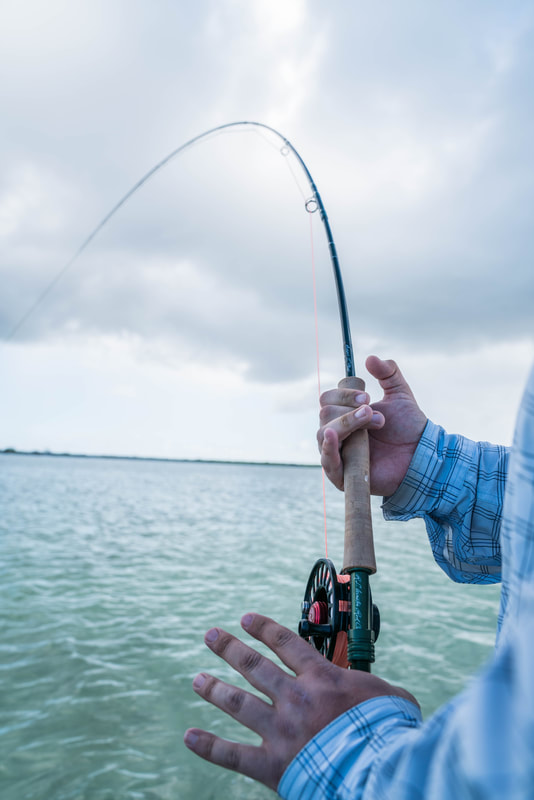
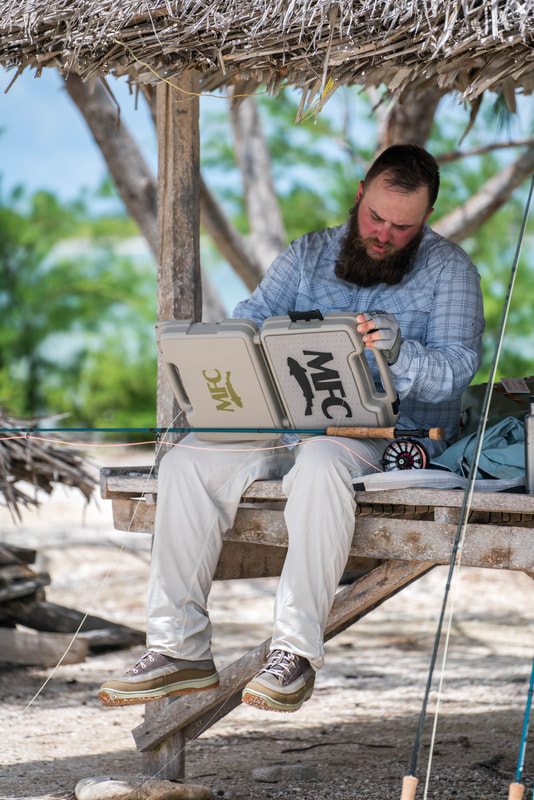
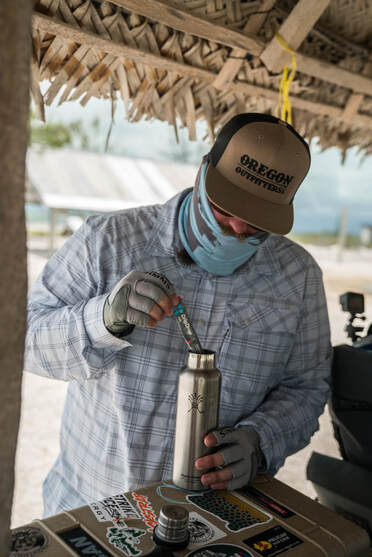
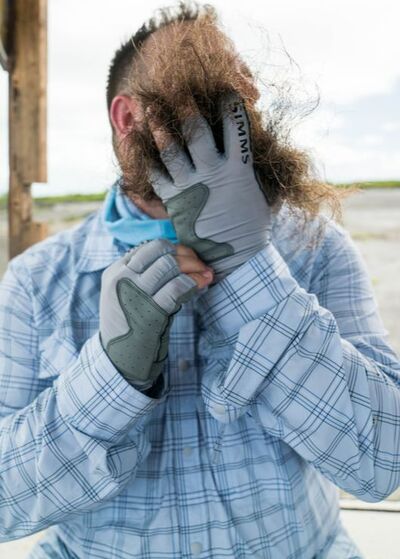
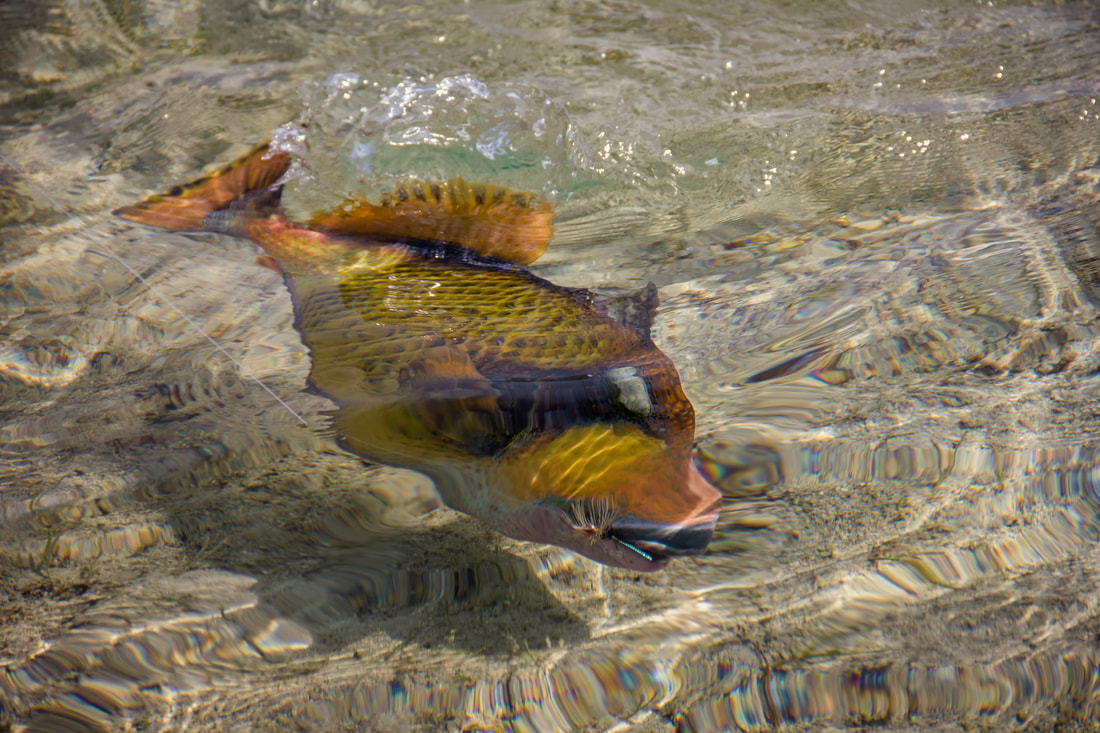
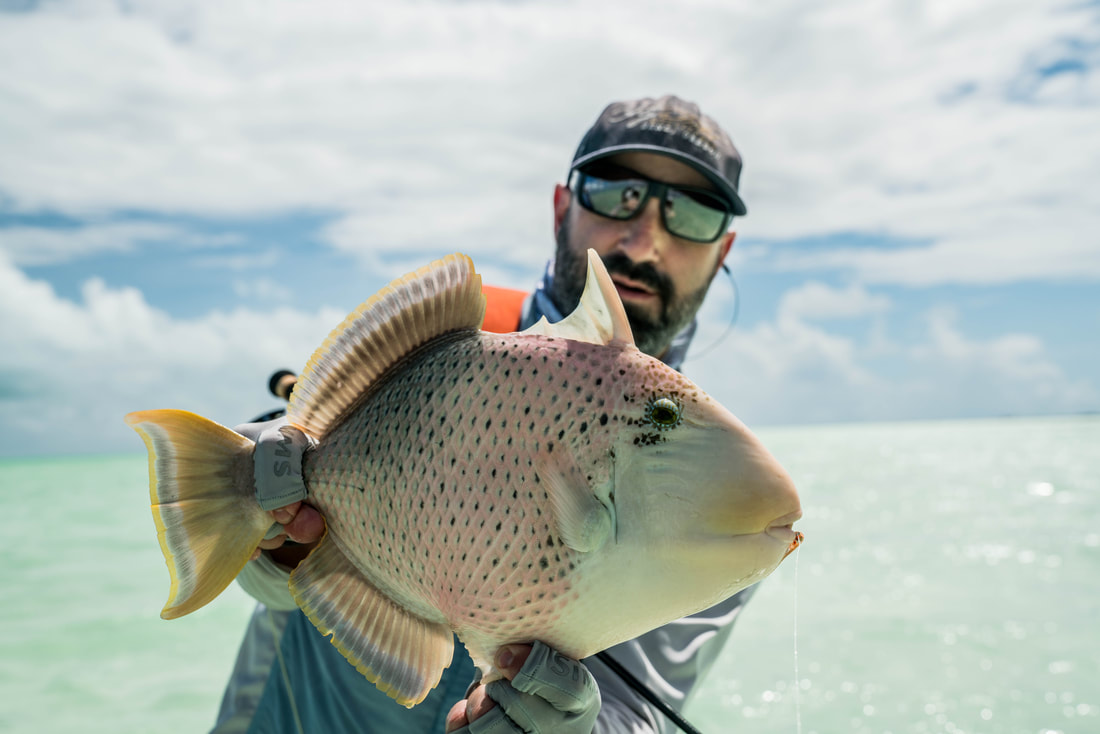
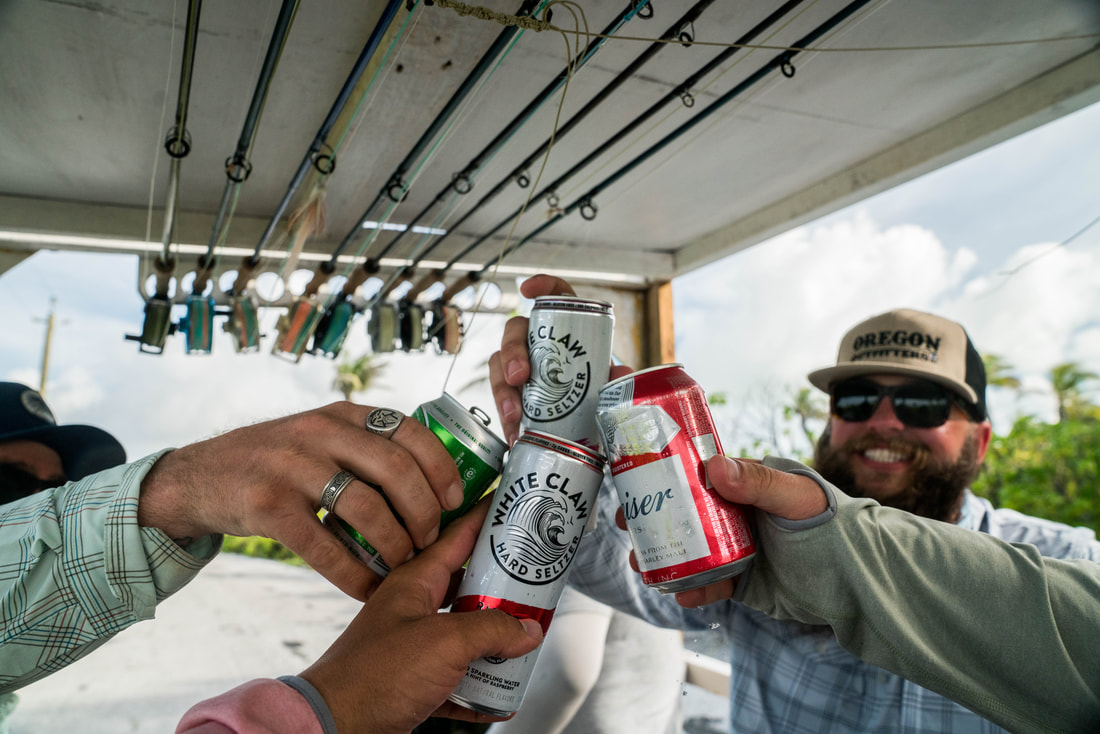
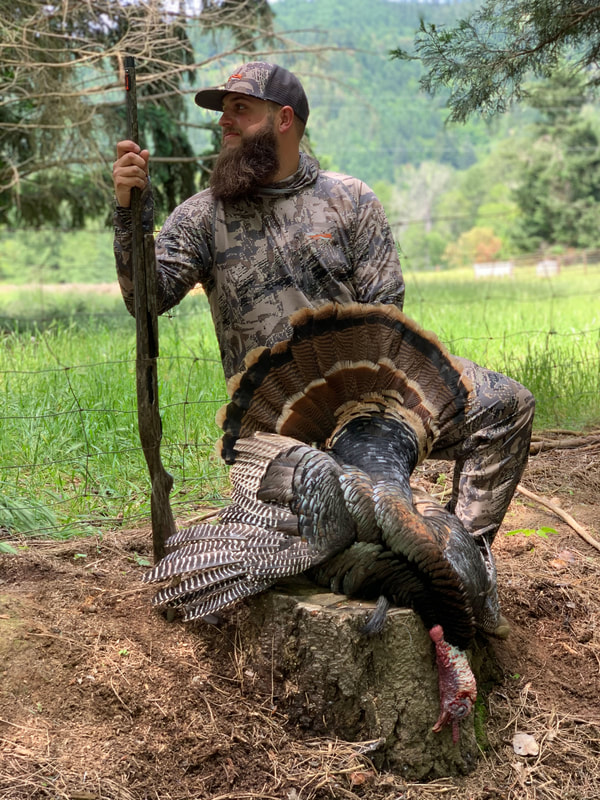
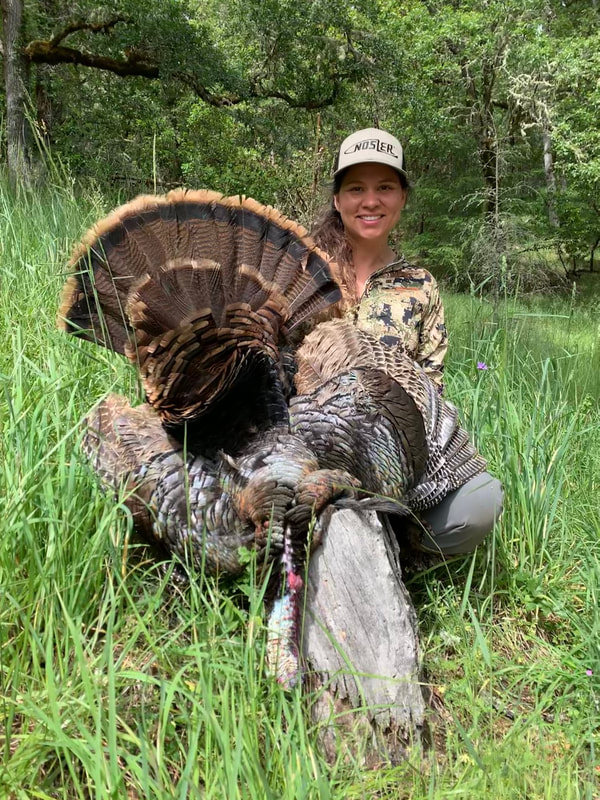
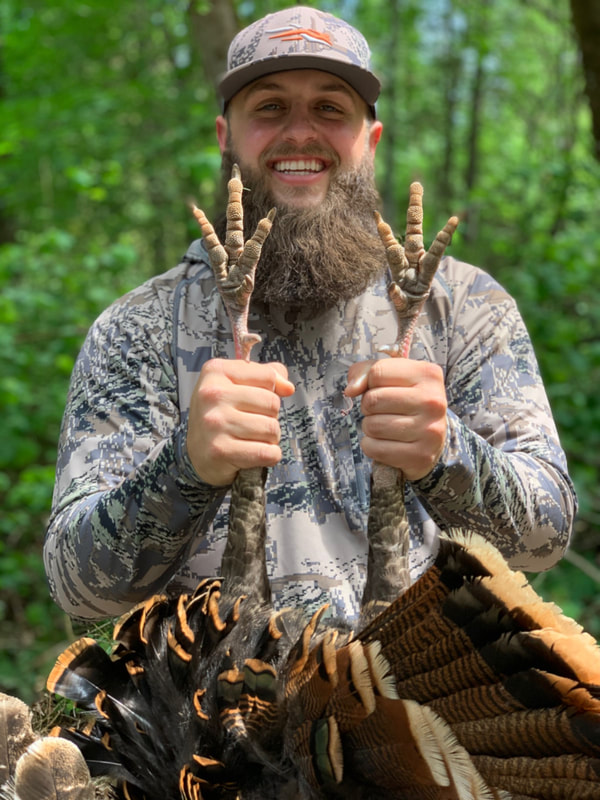
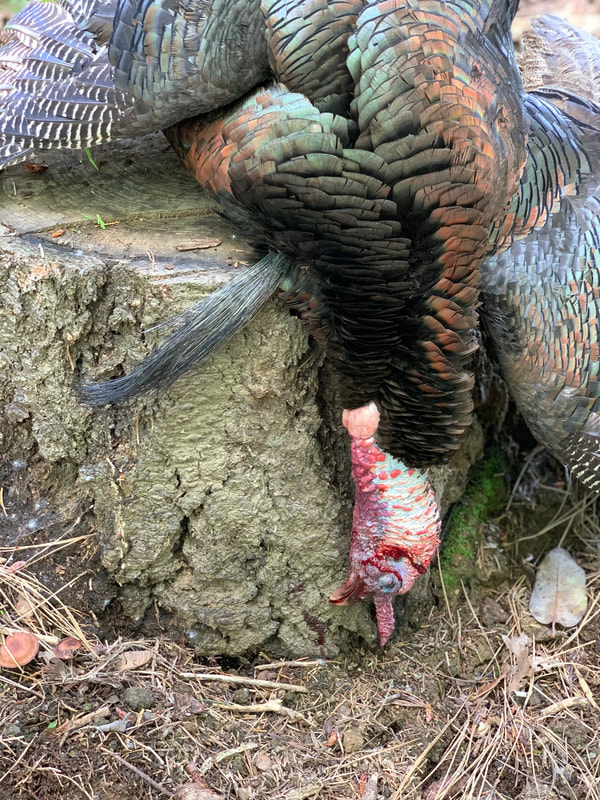
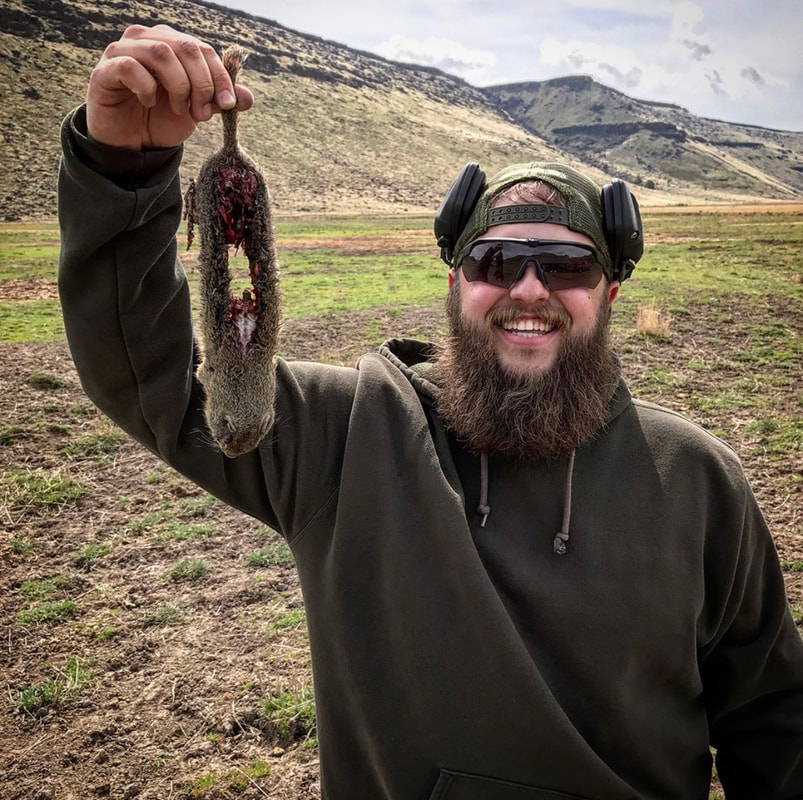
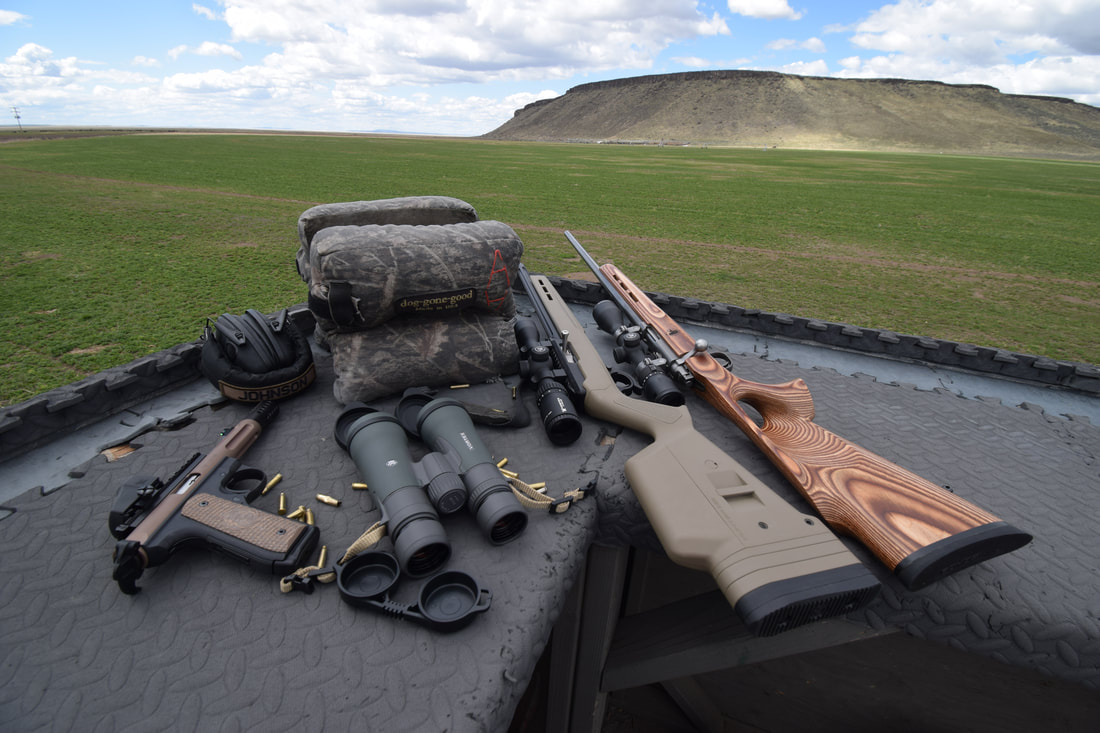
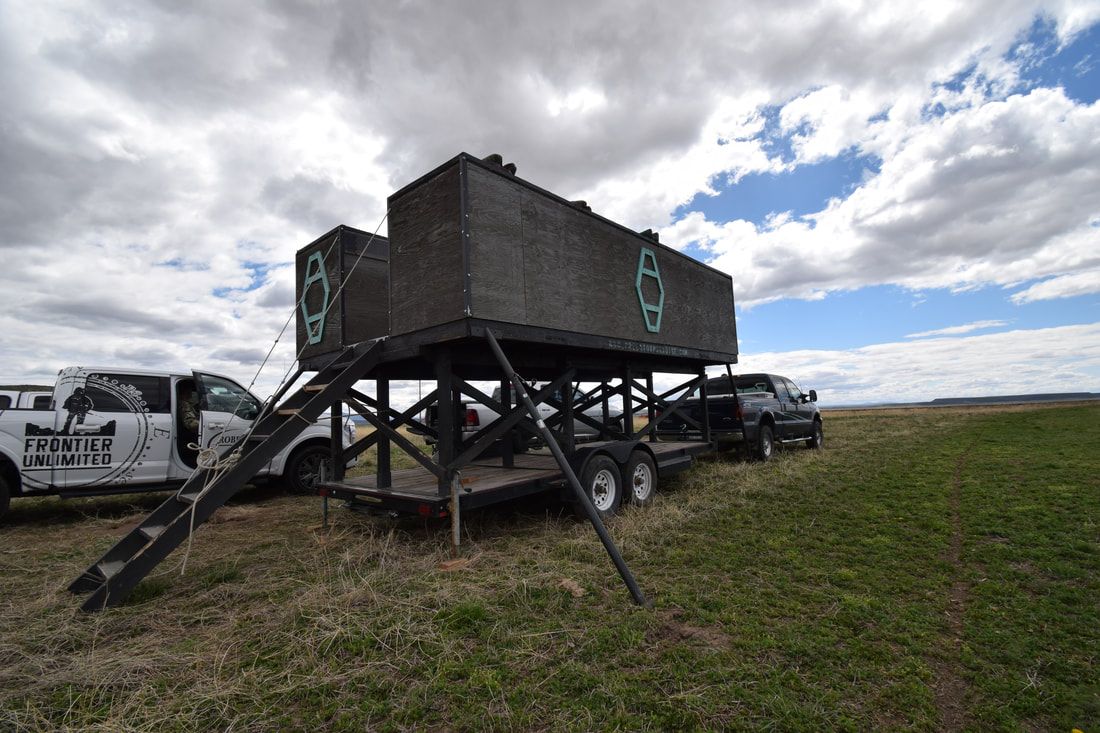
 RSS Feed
RSS Feed